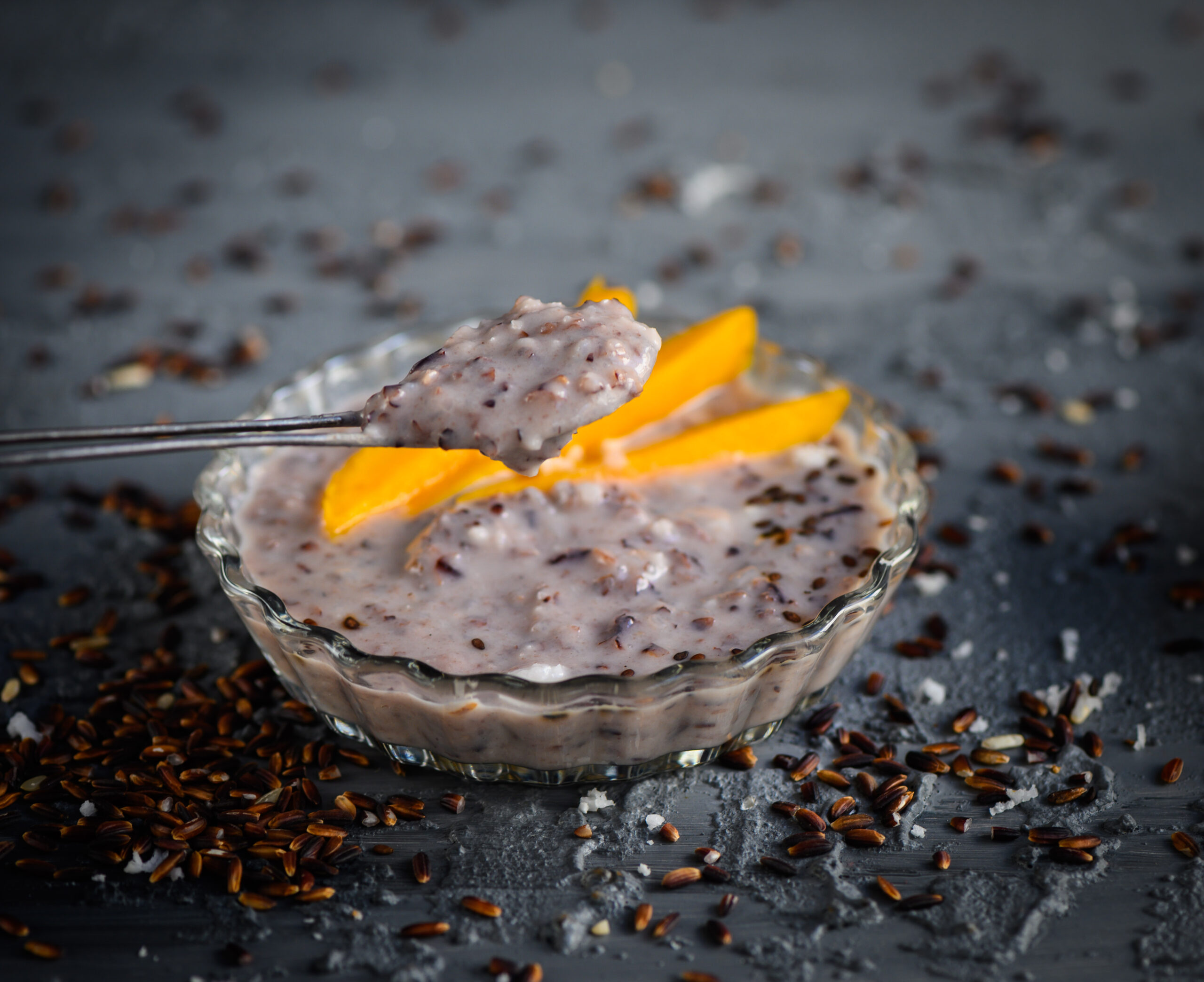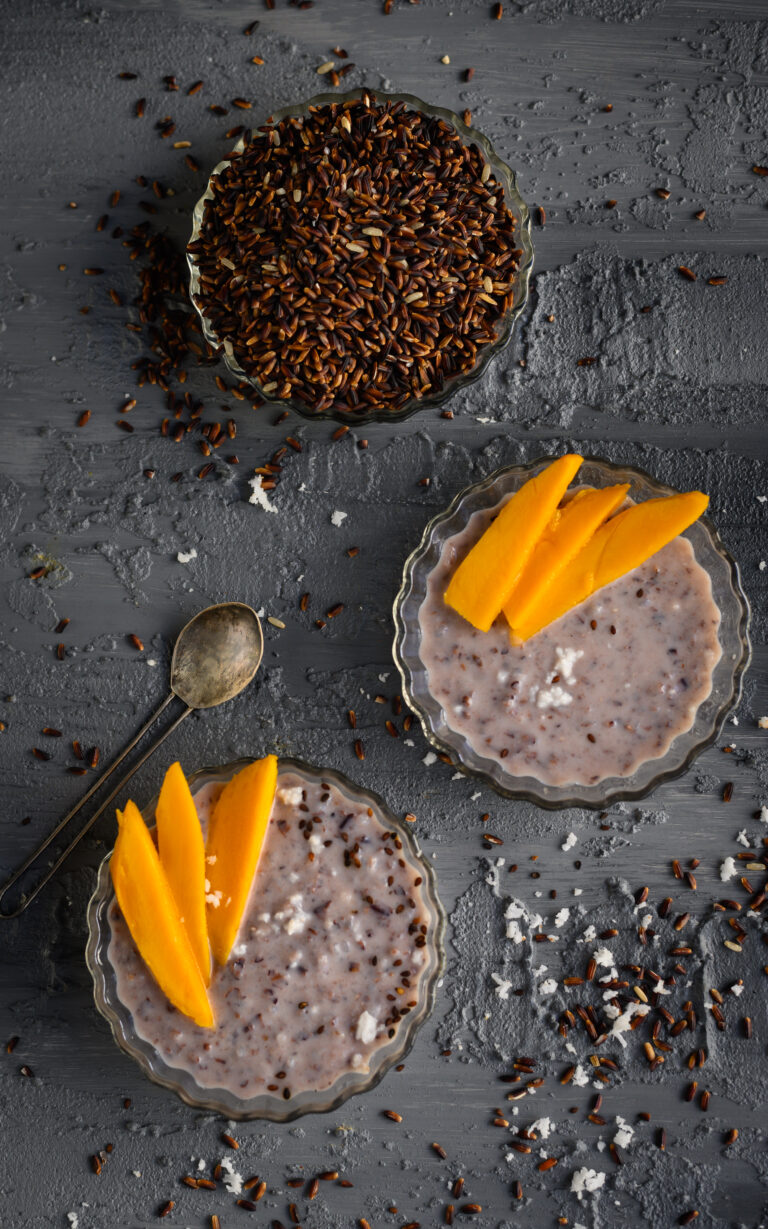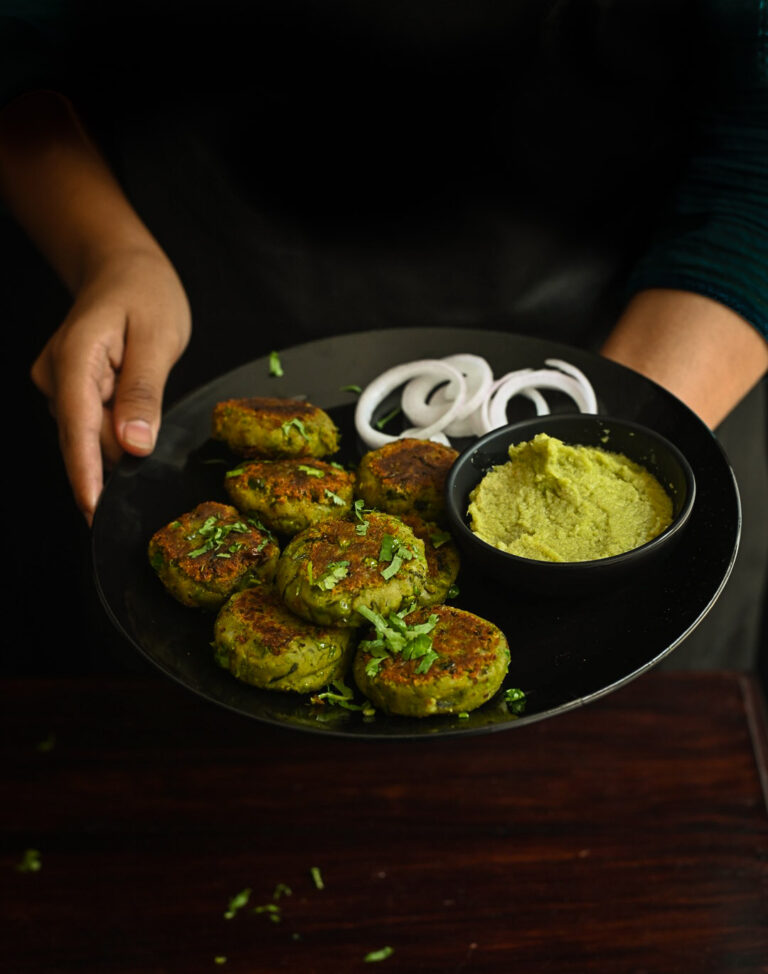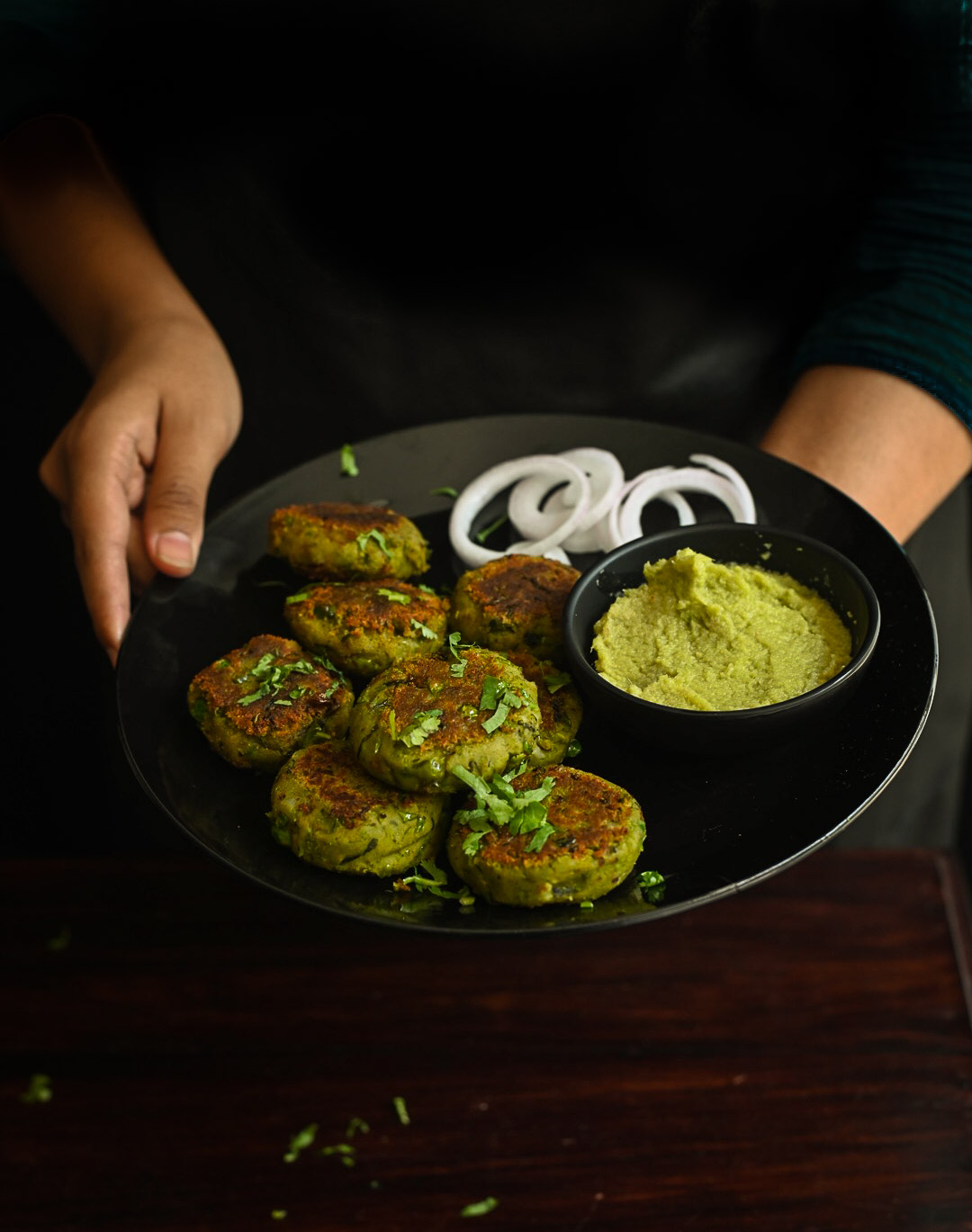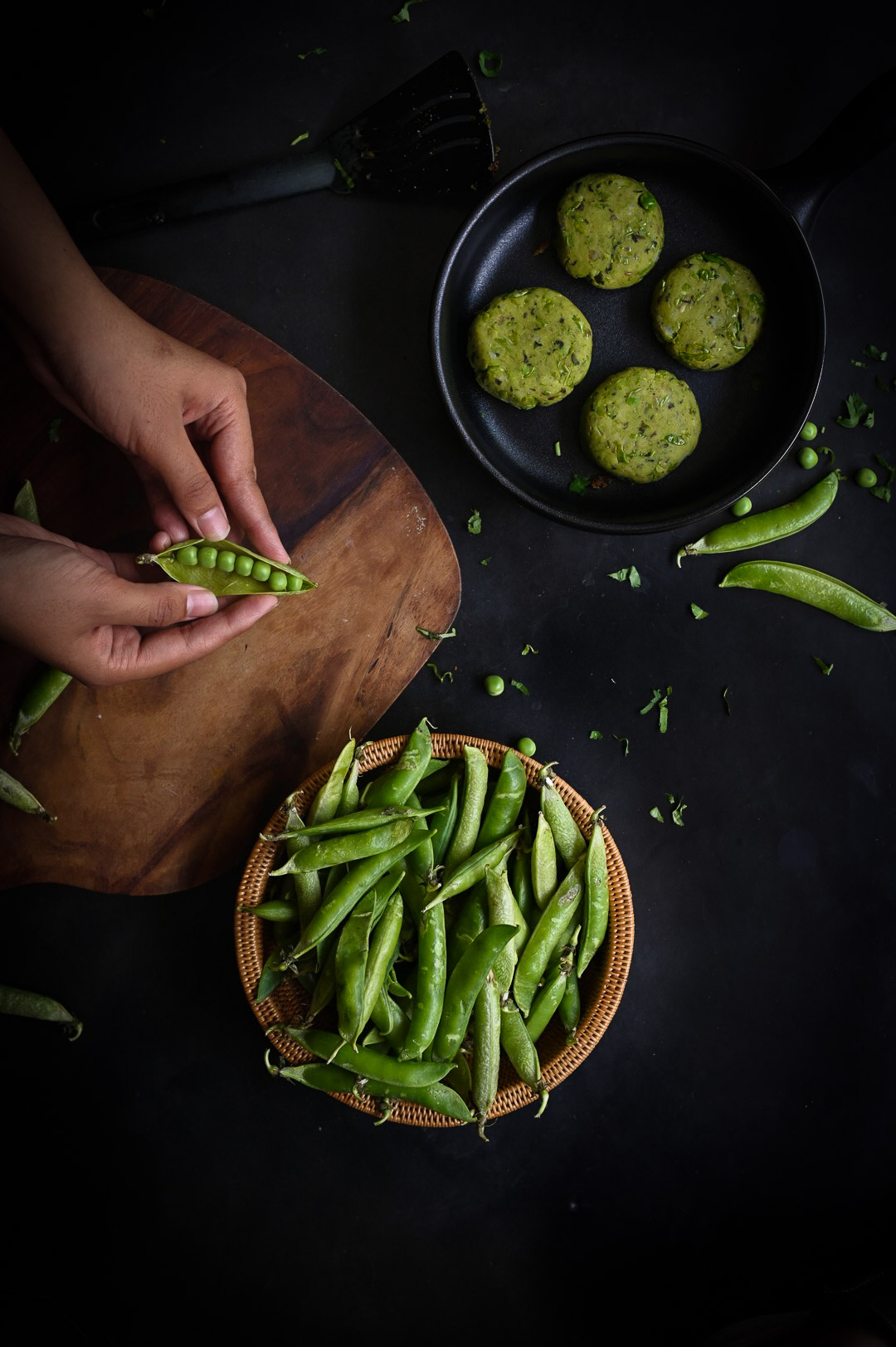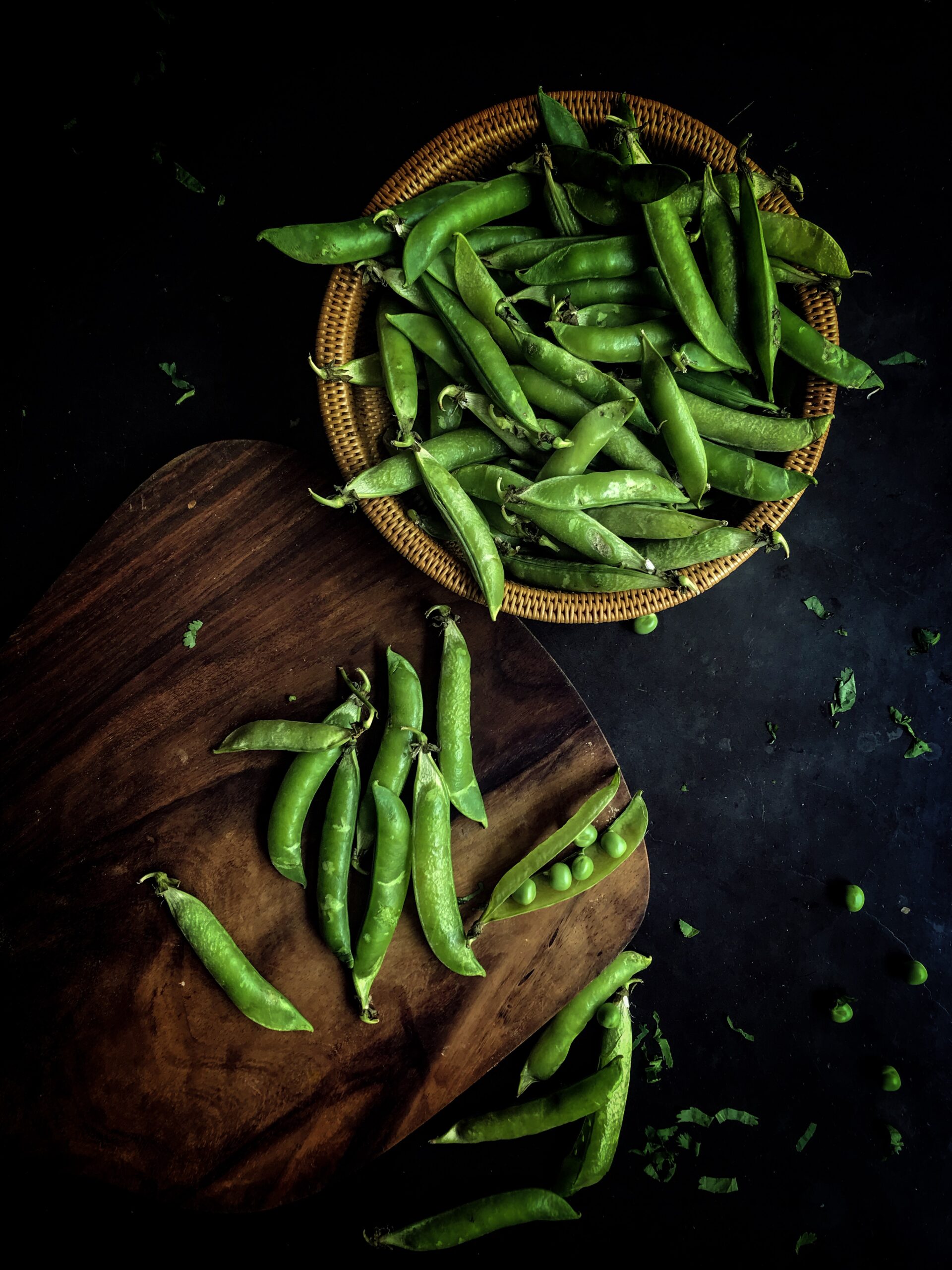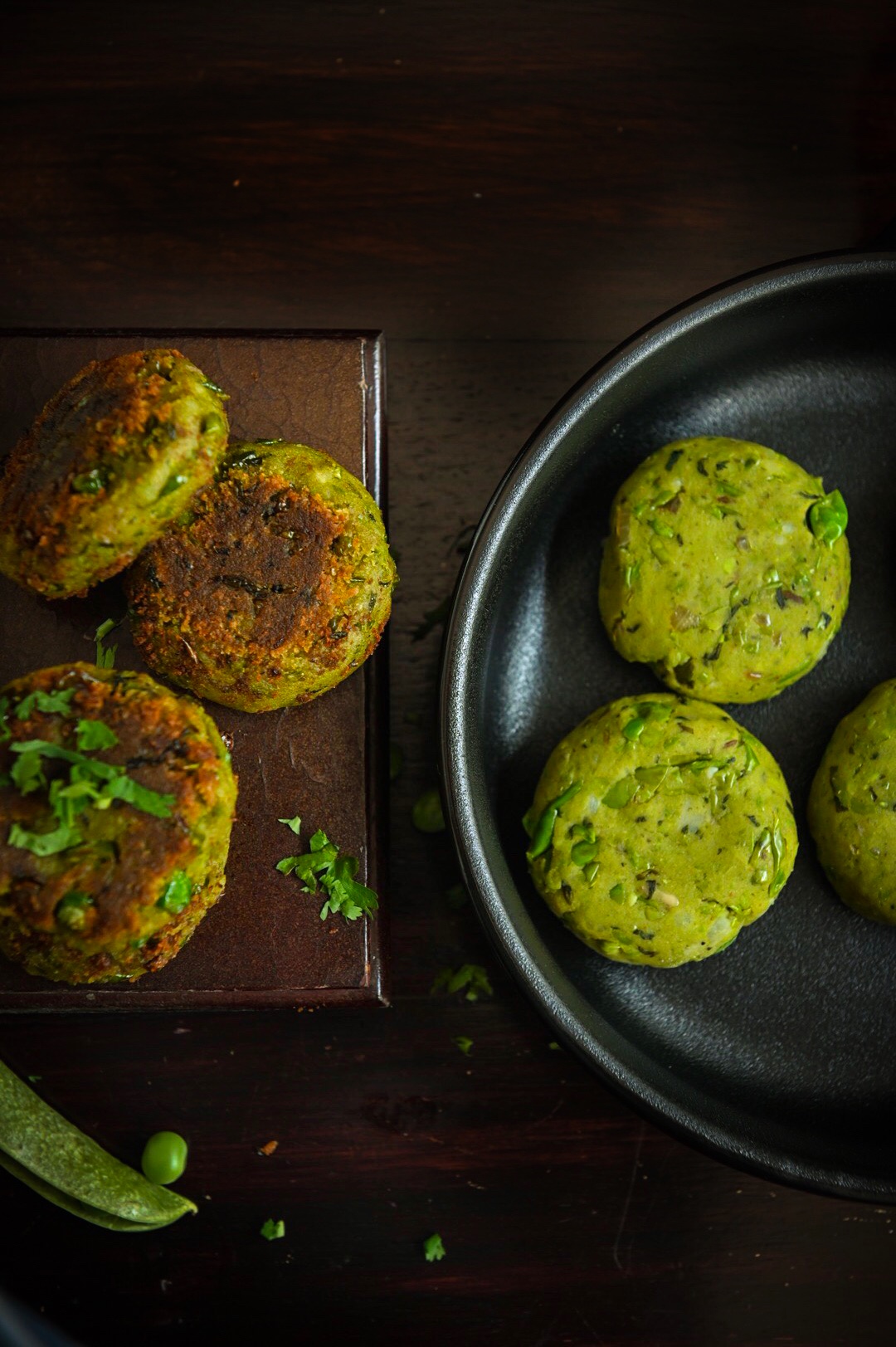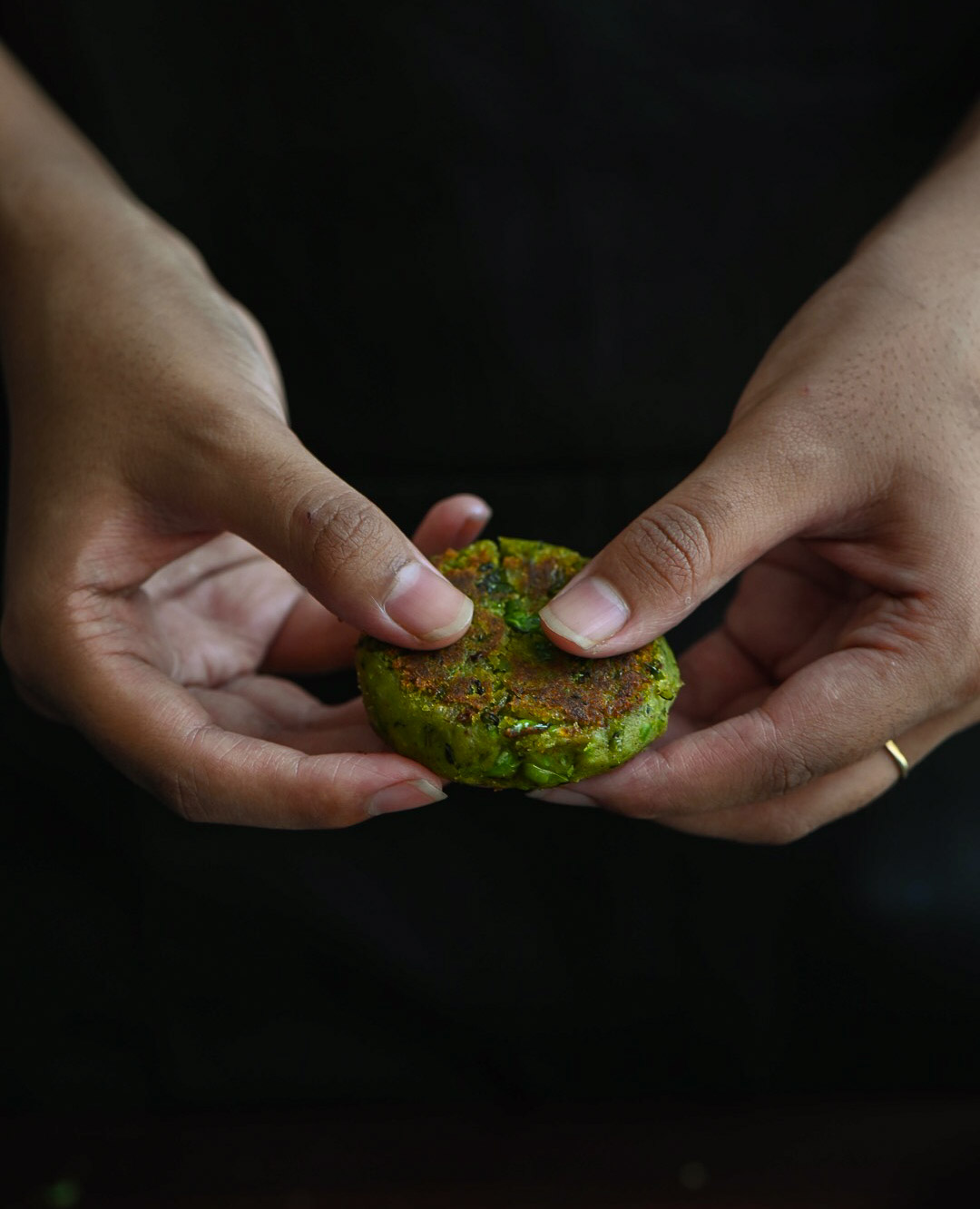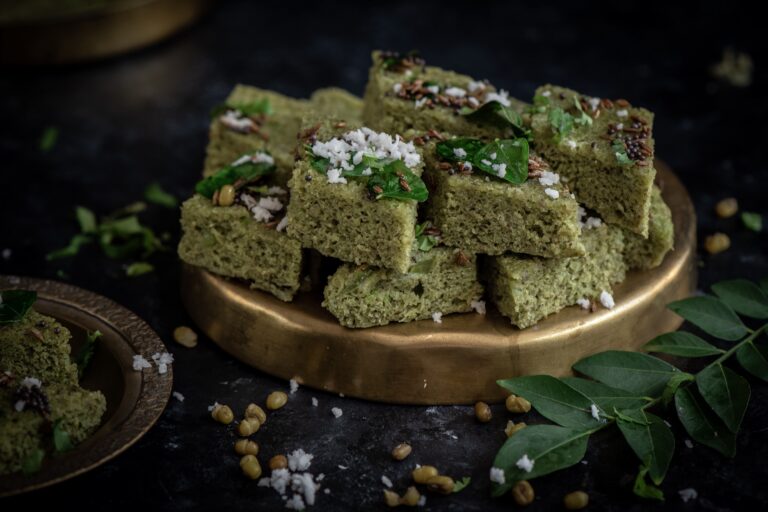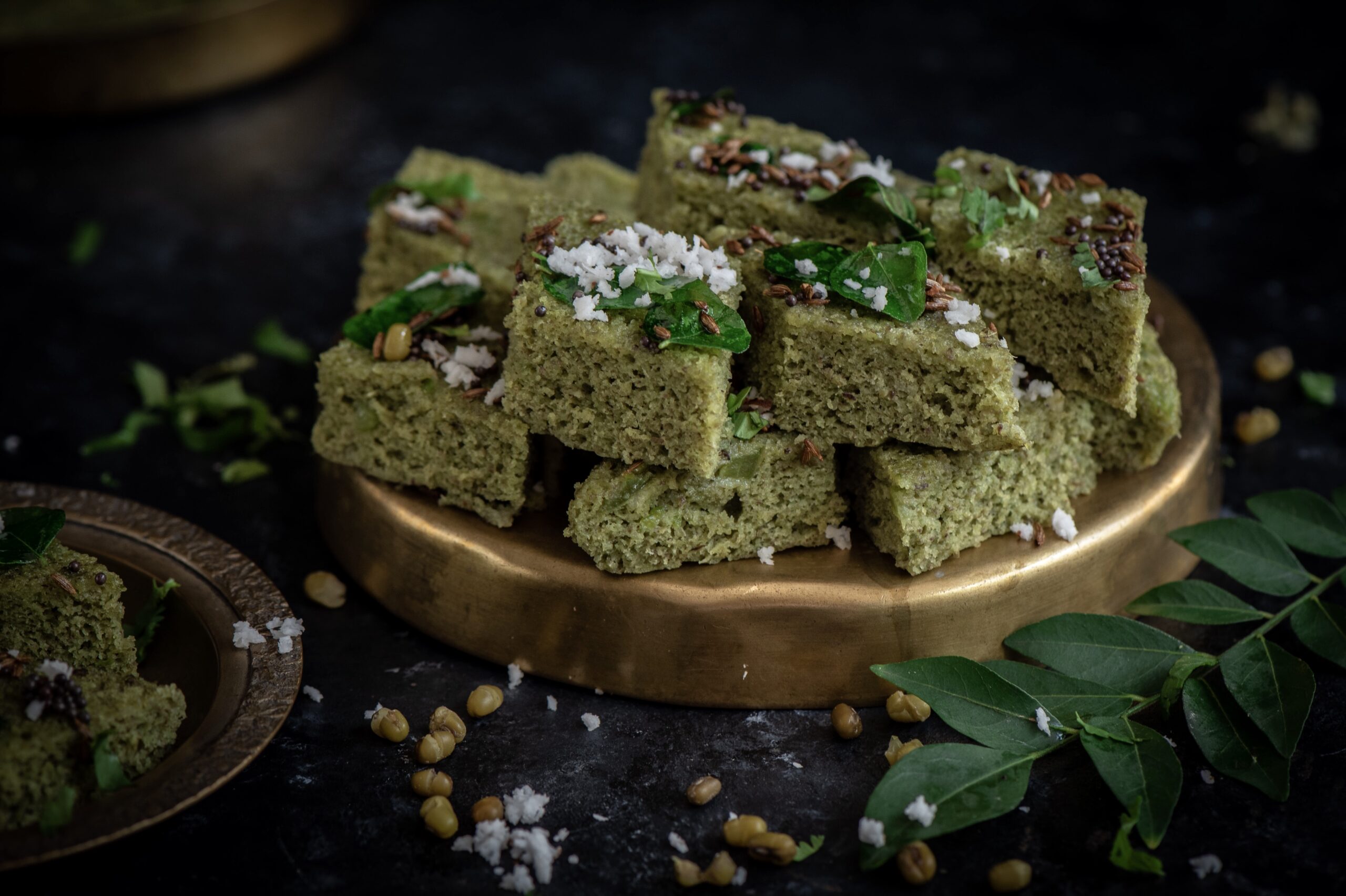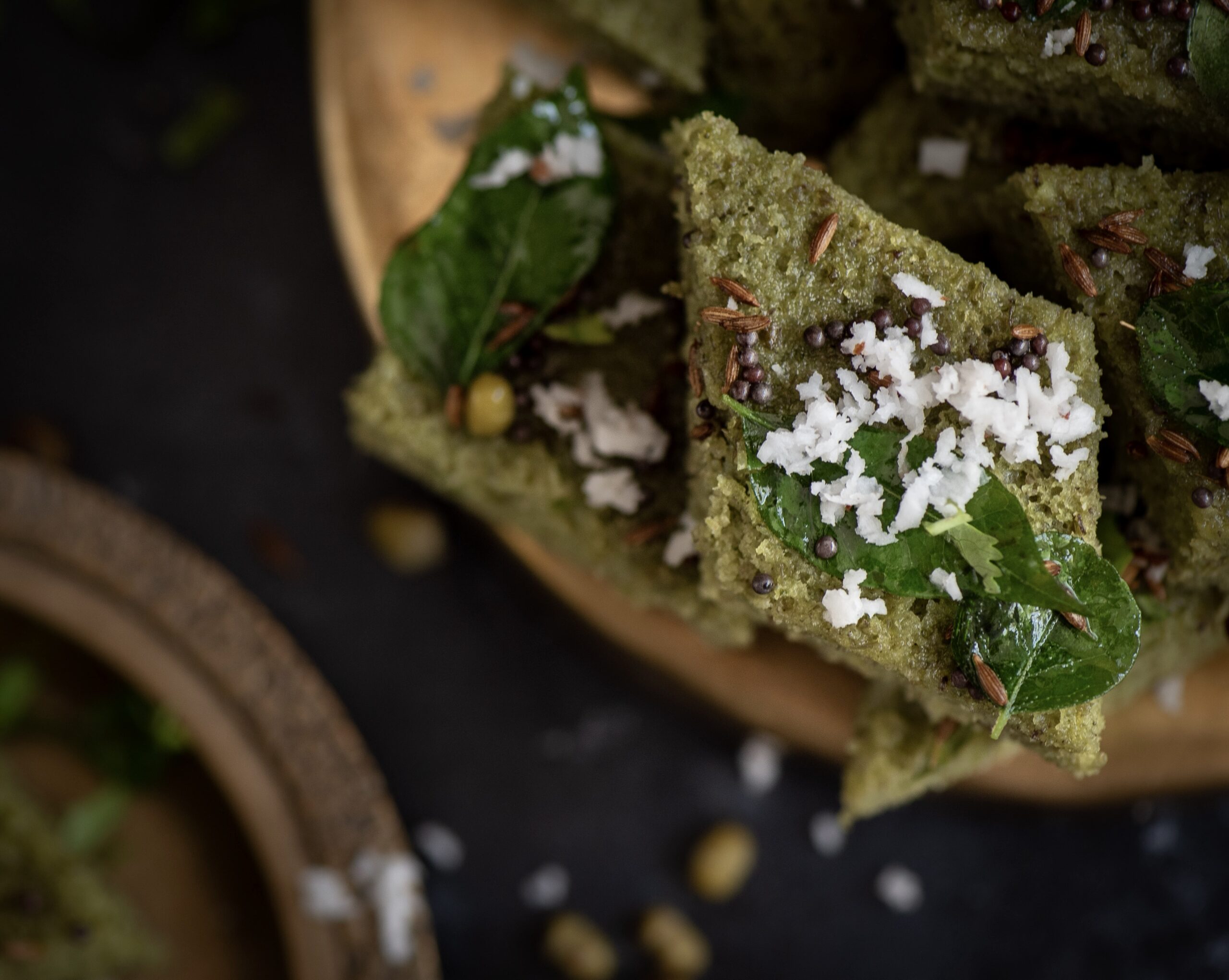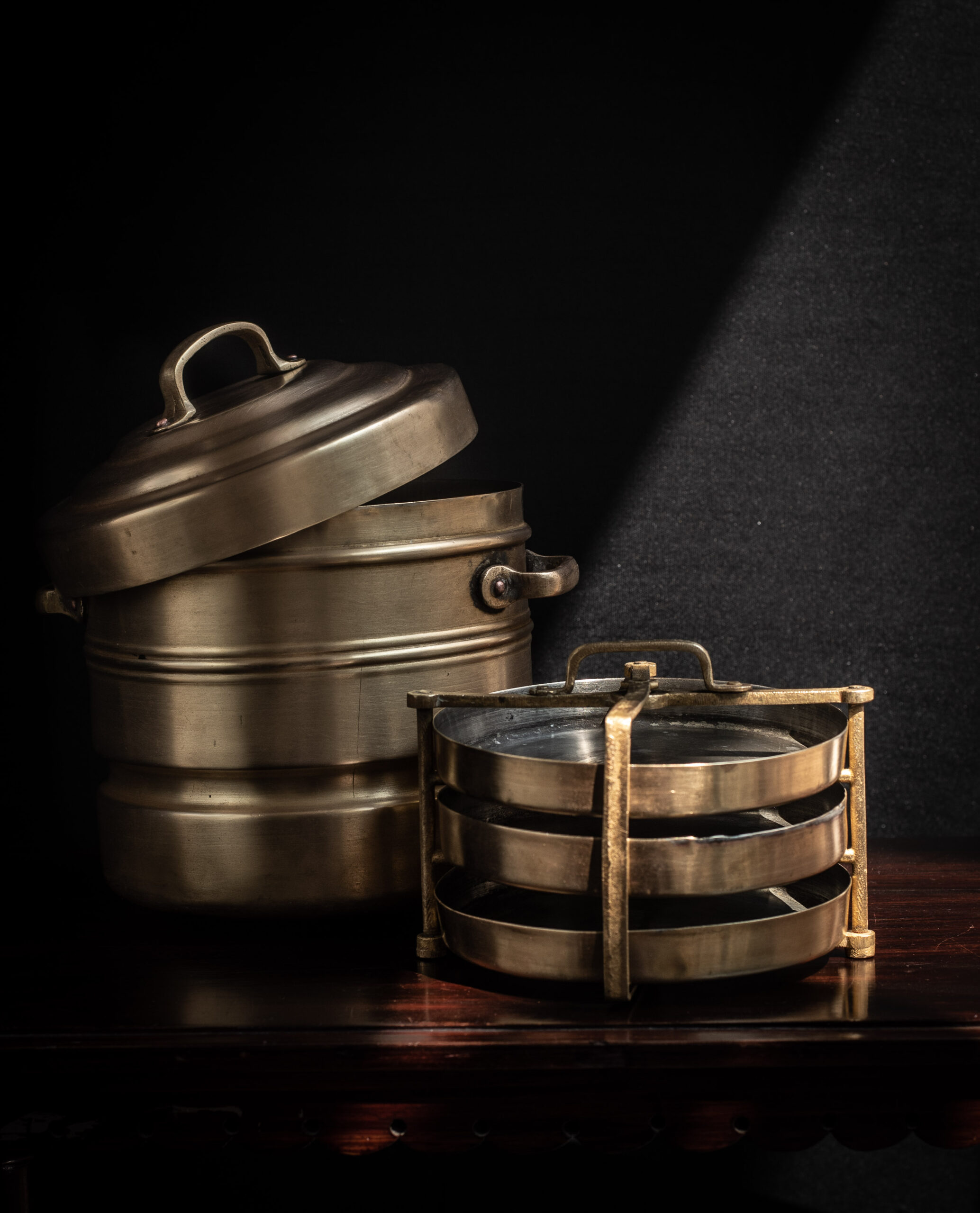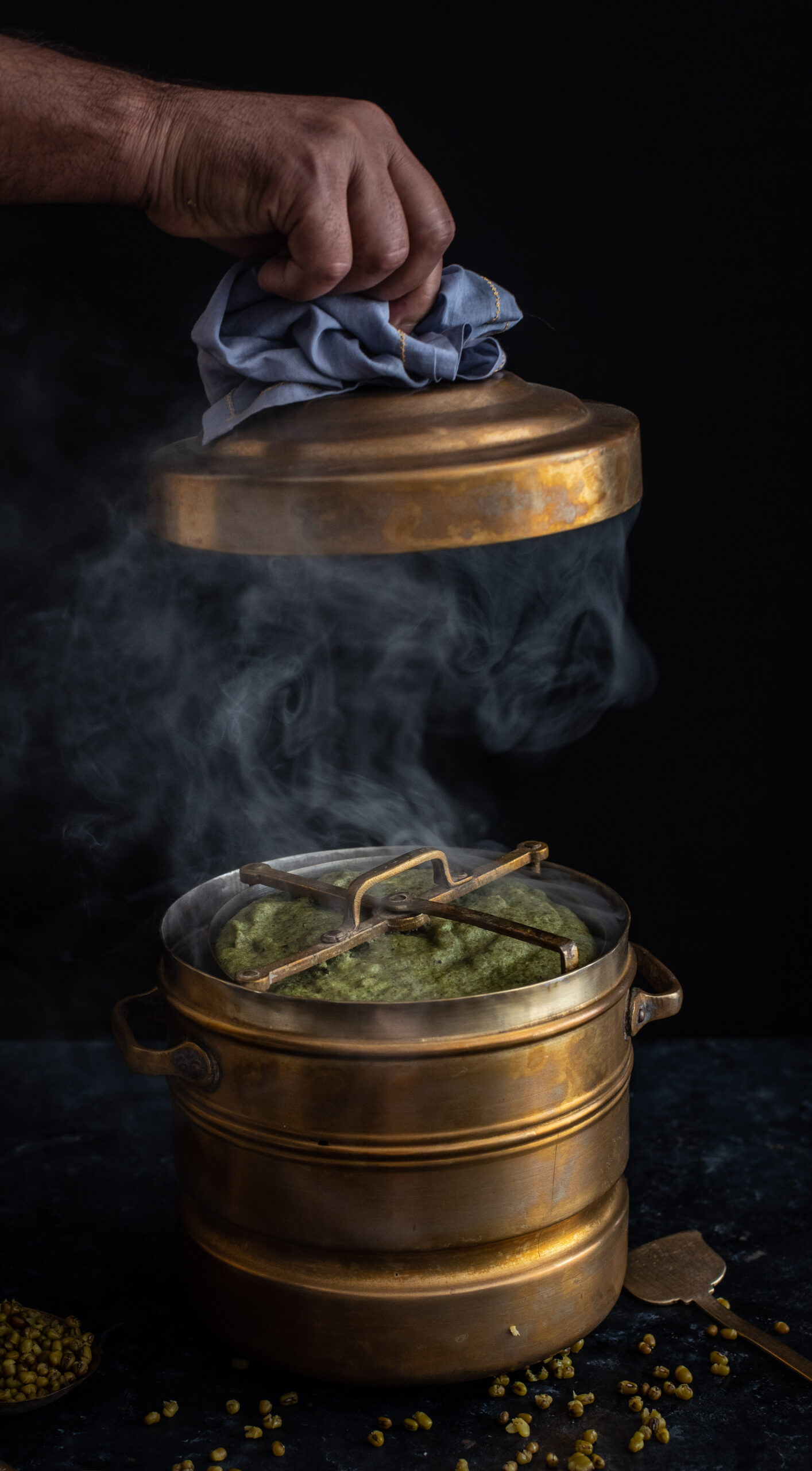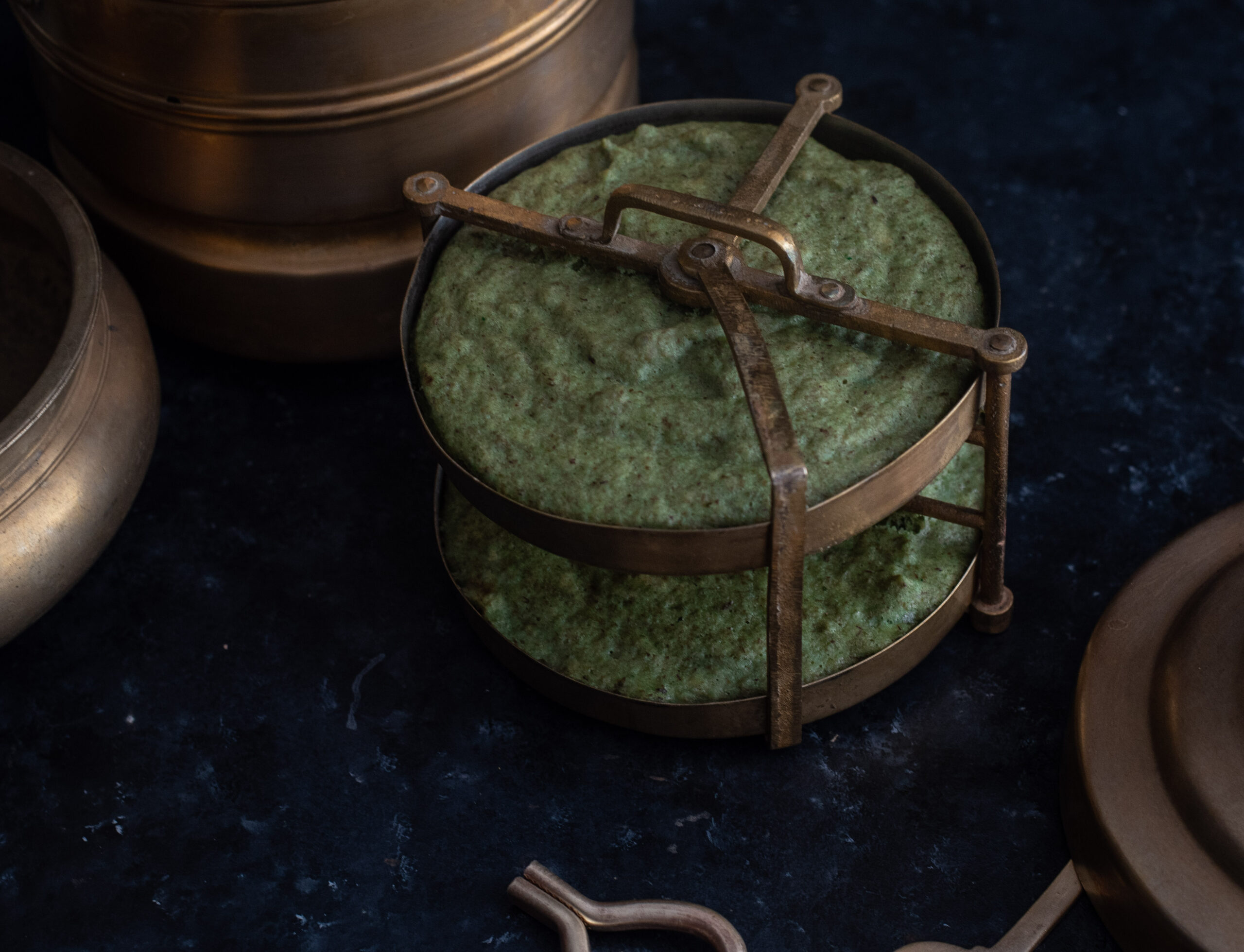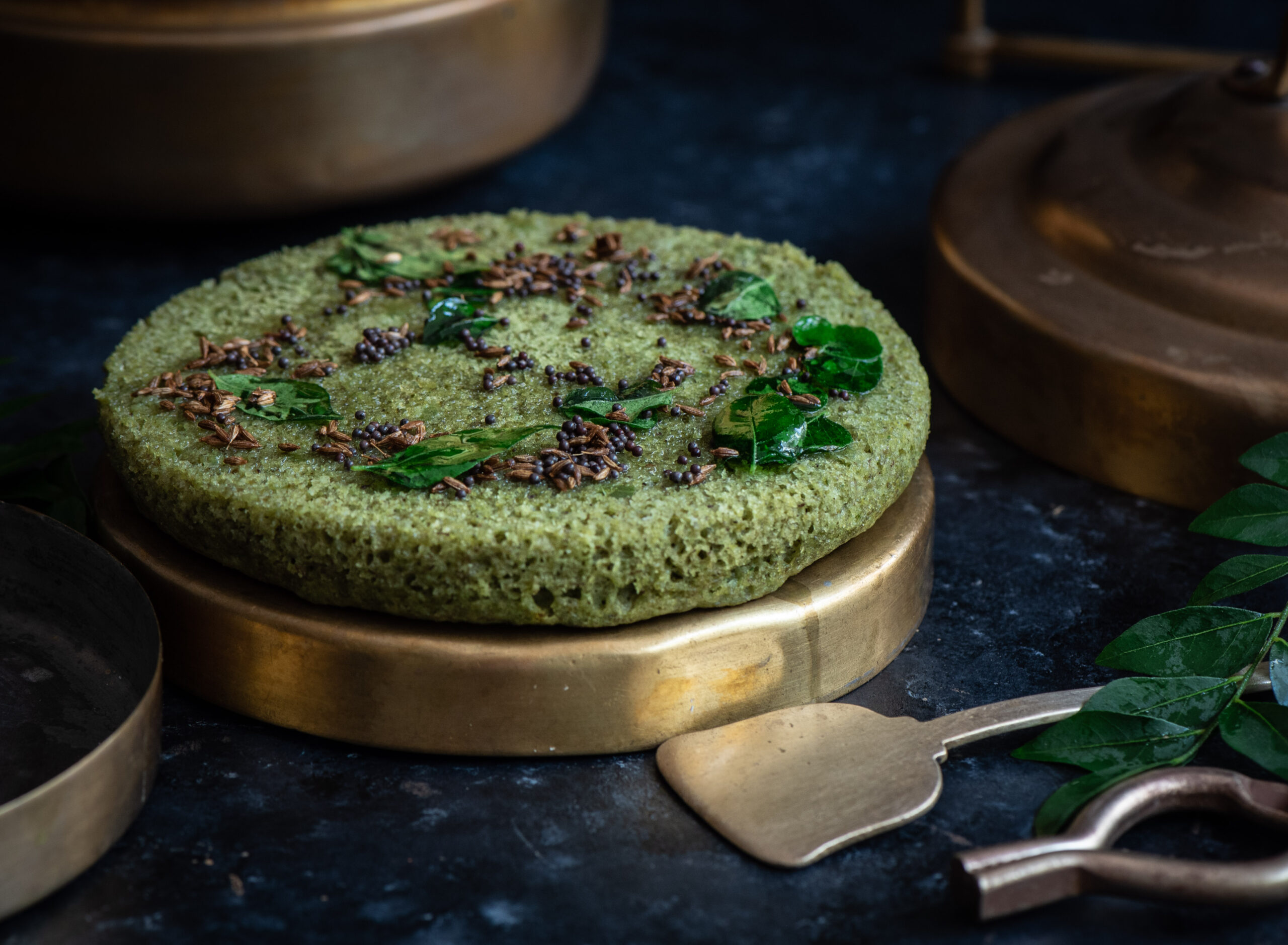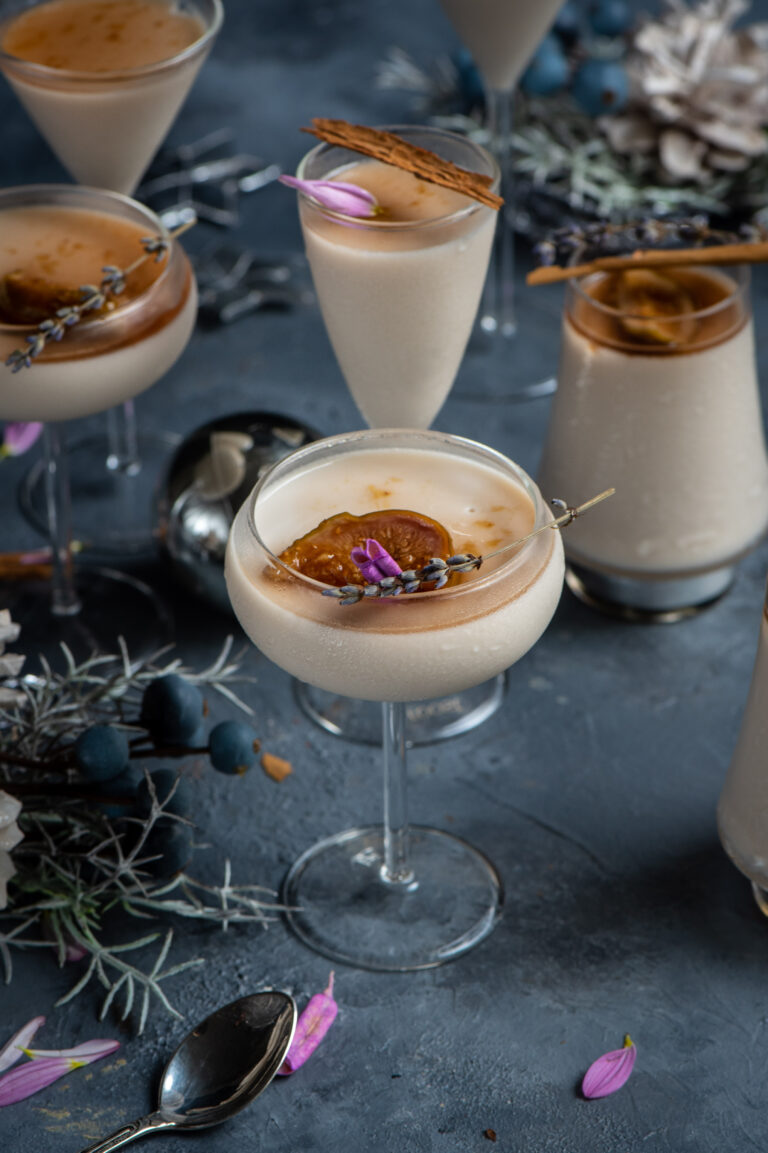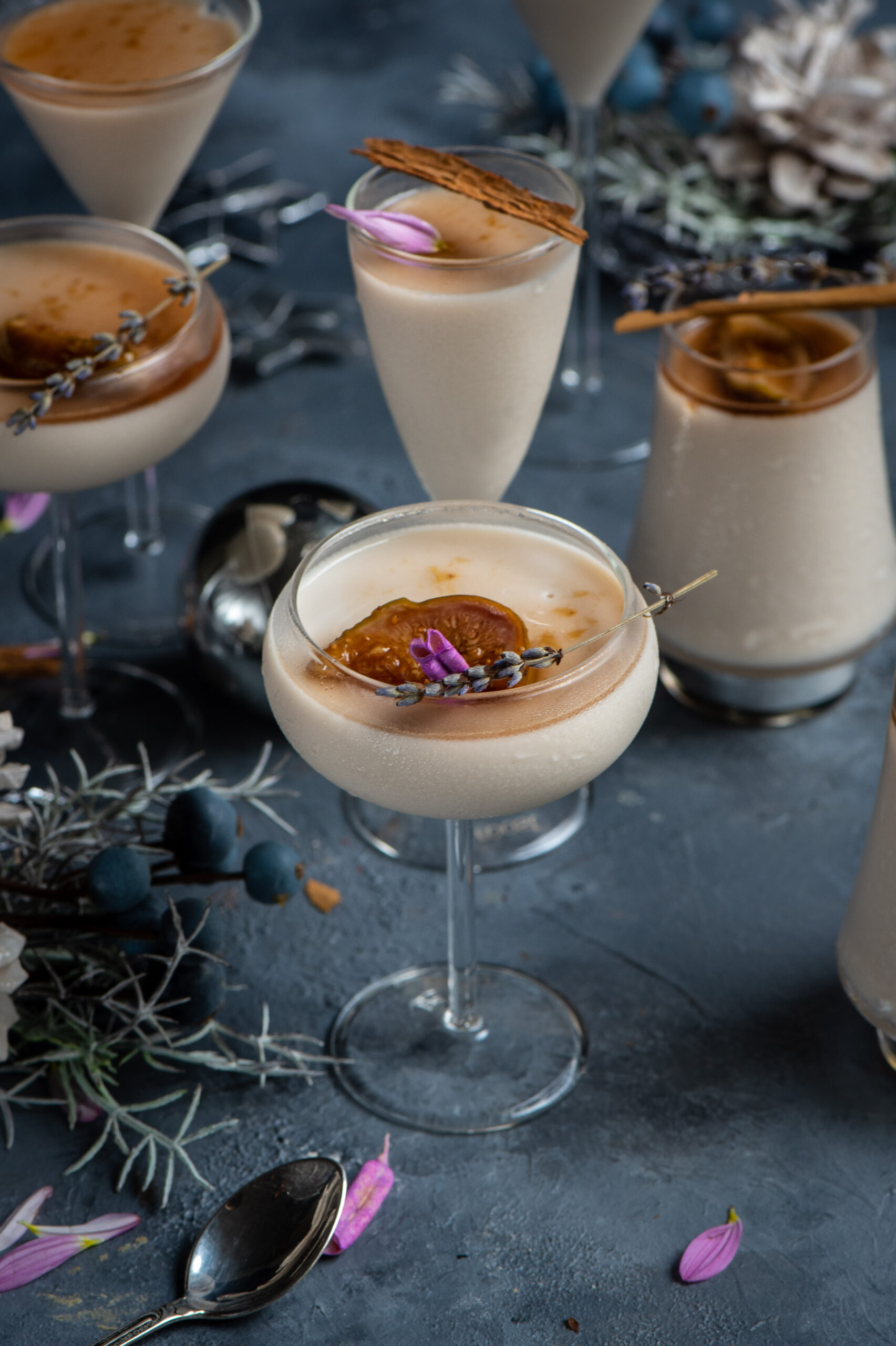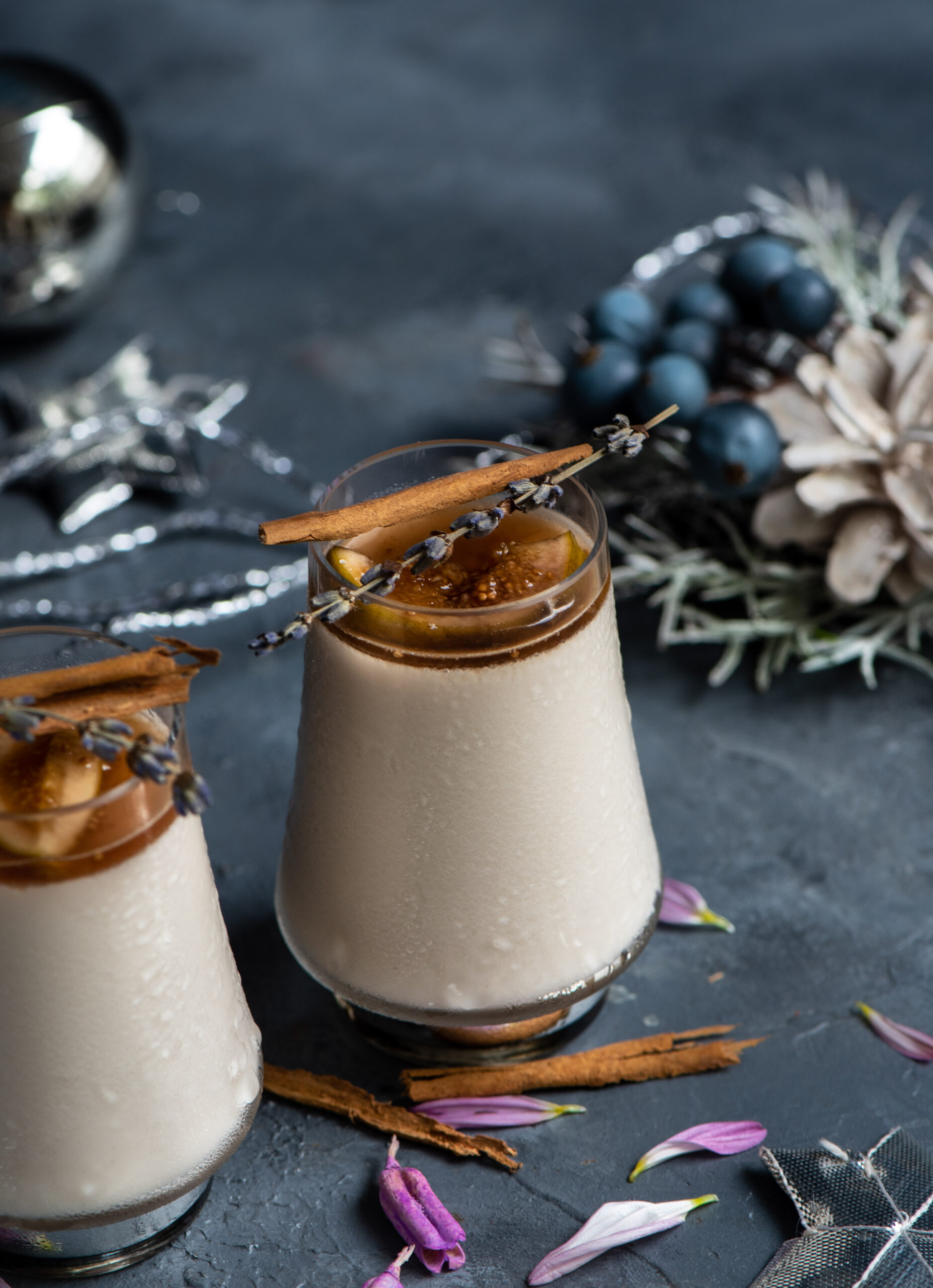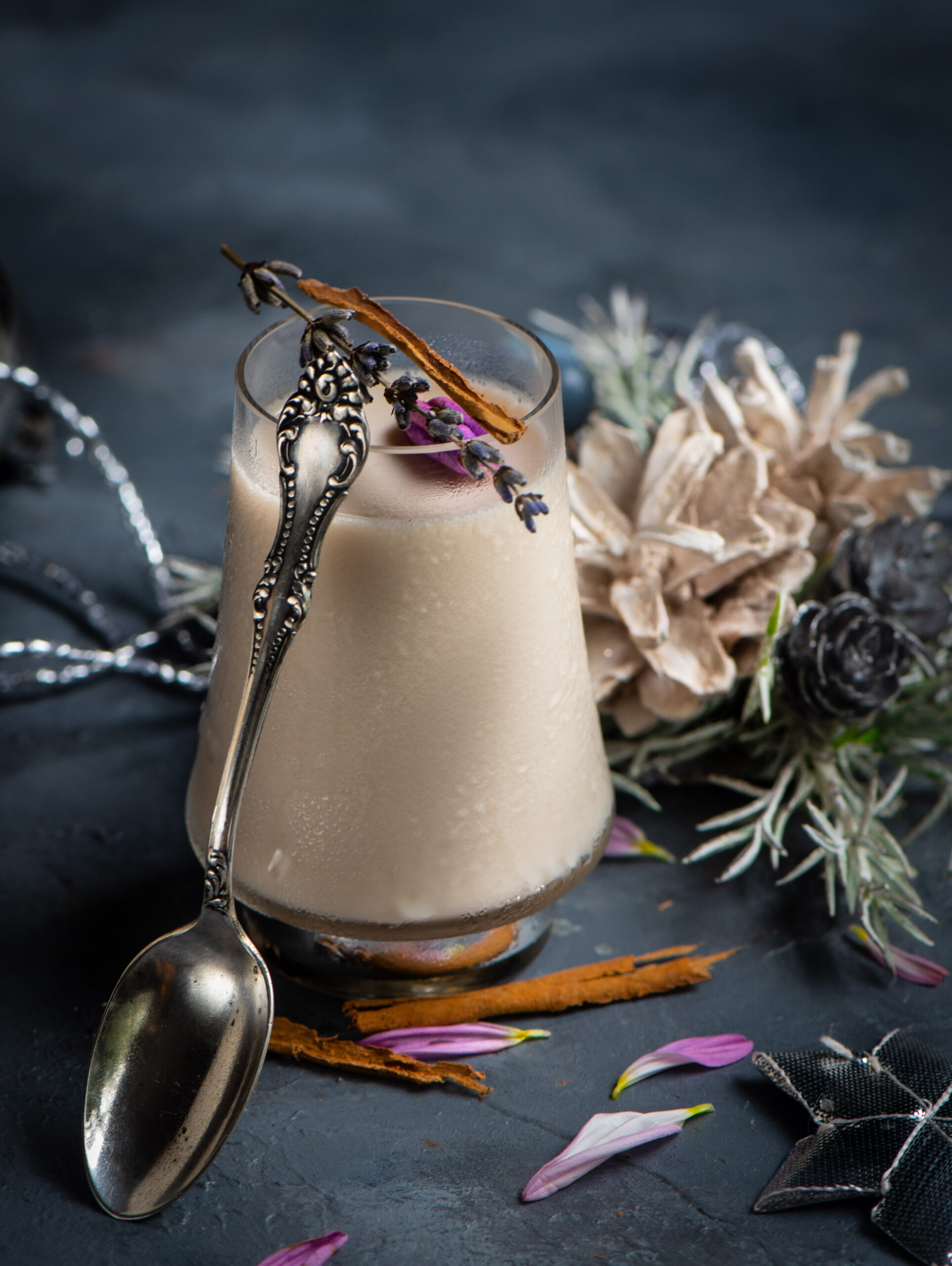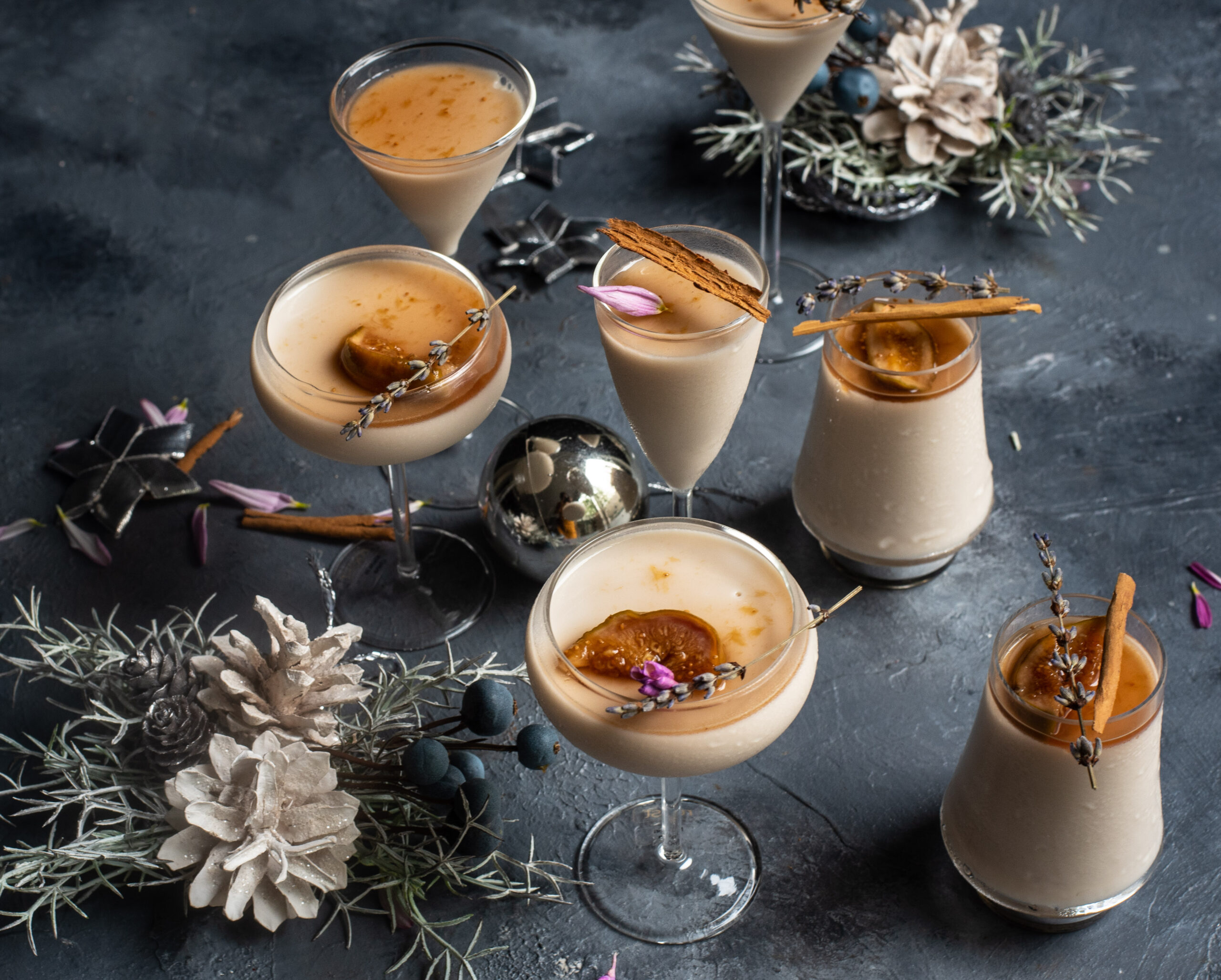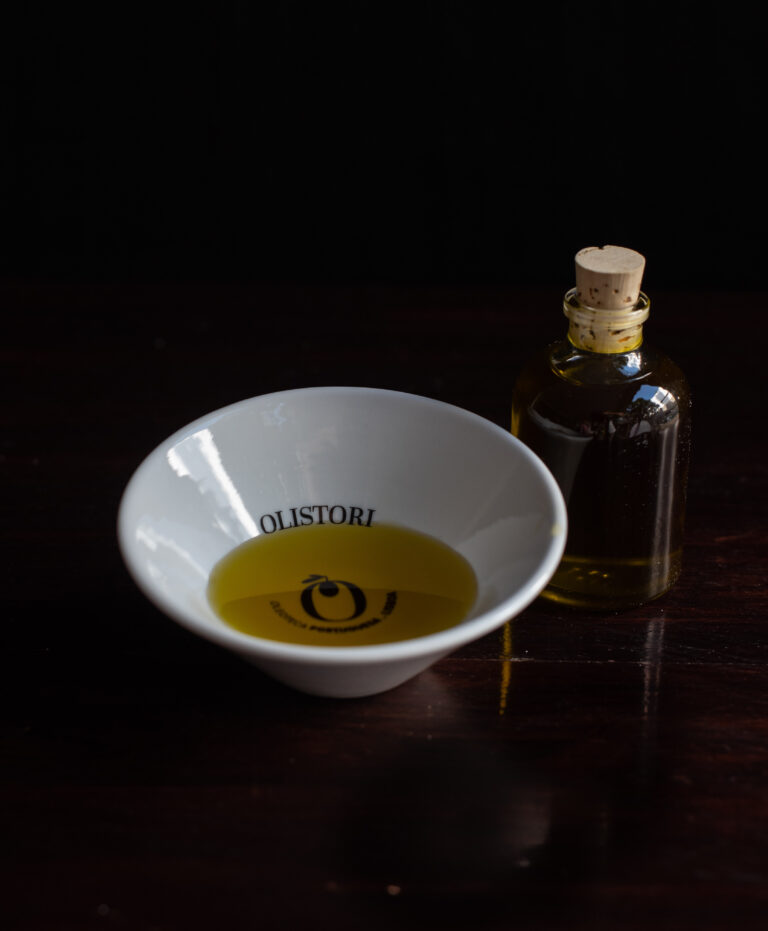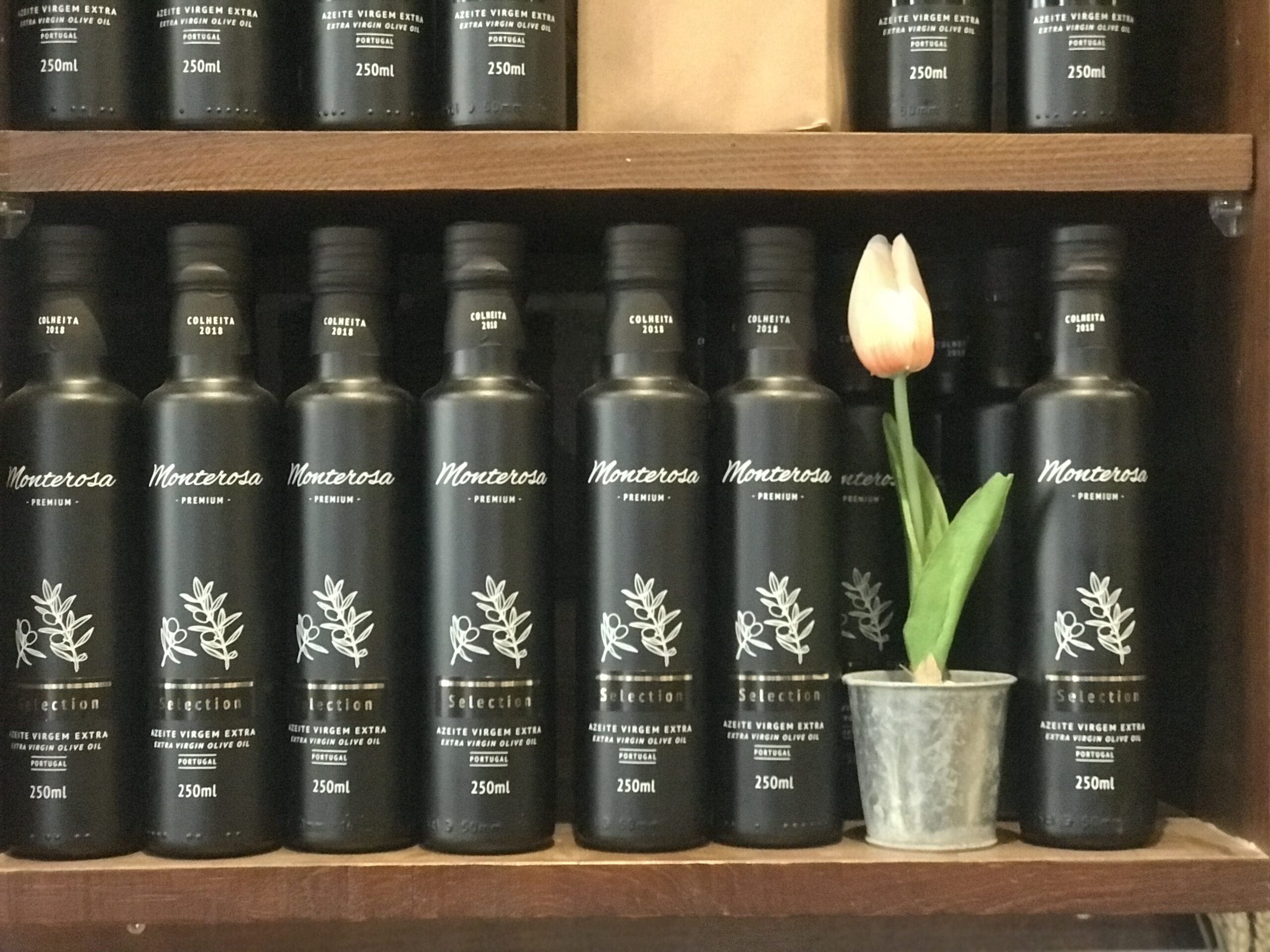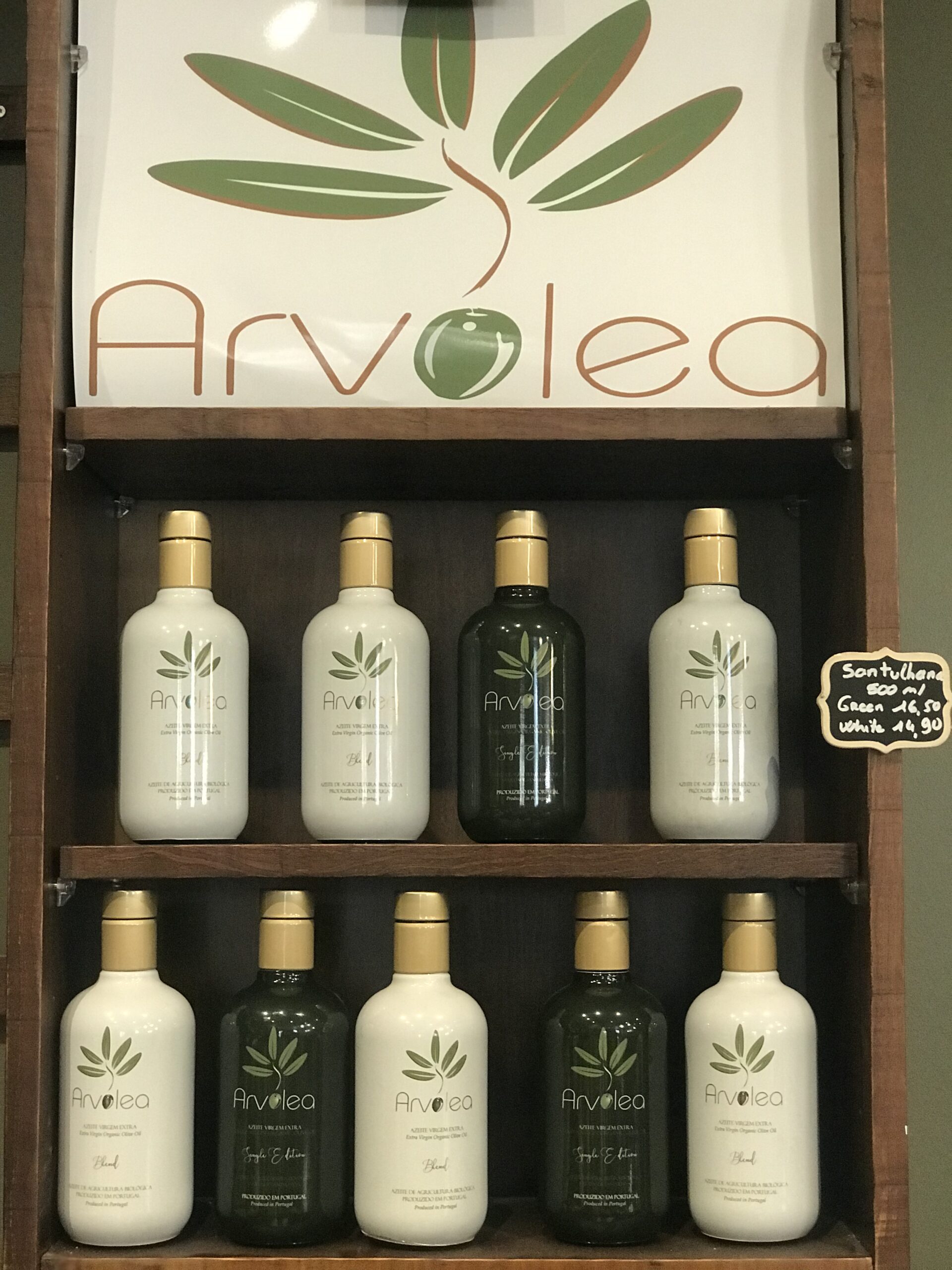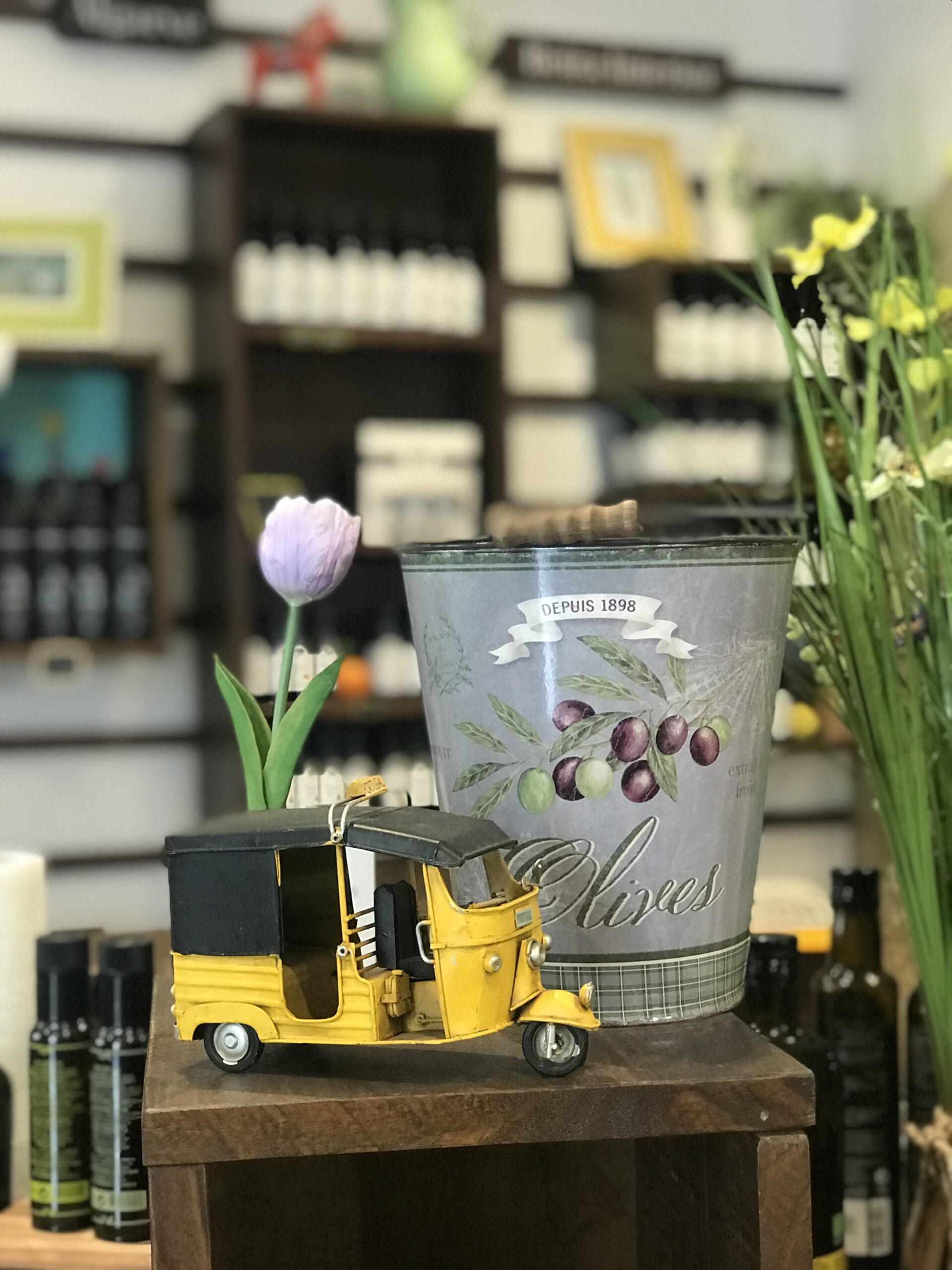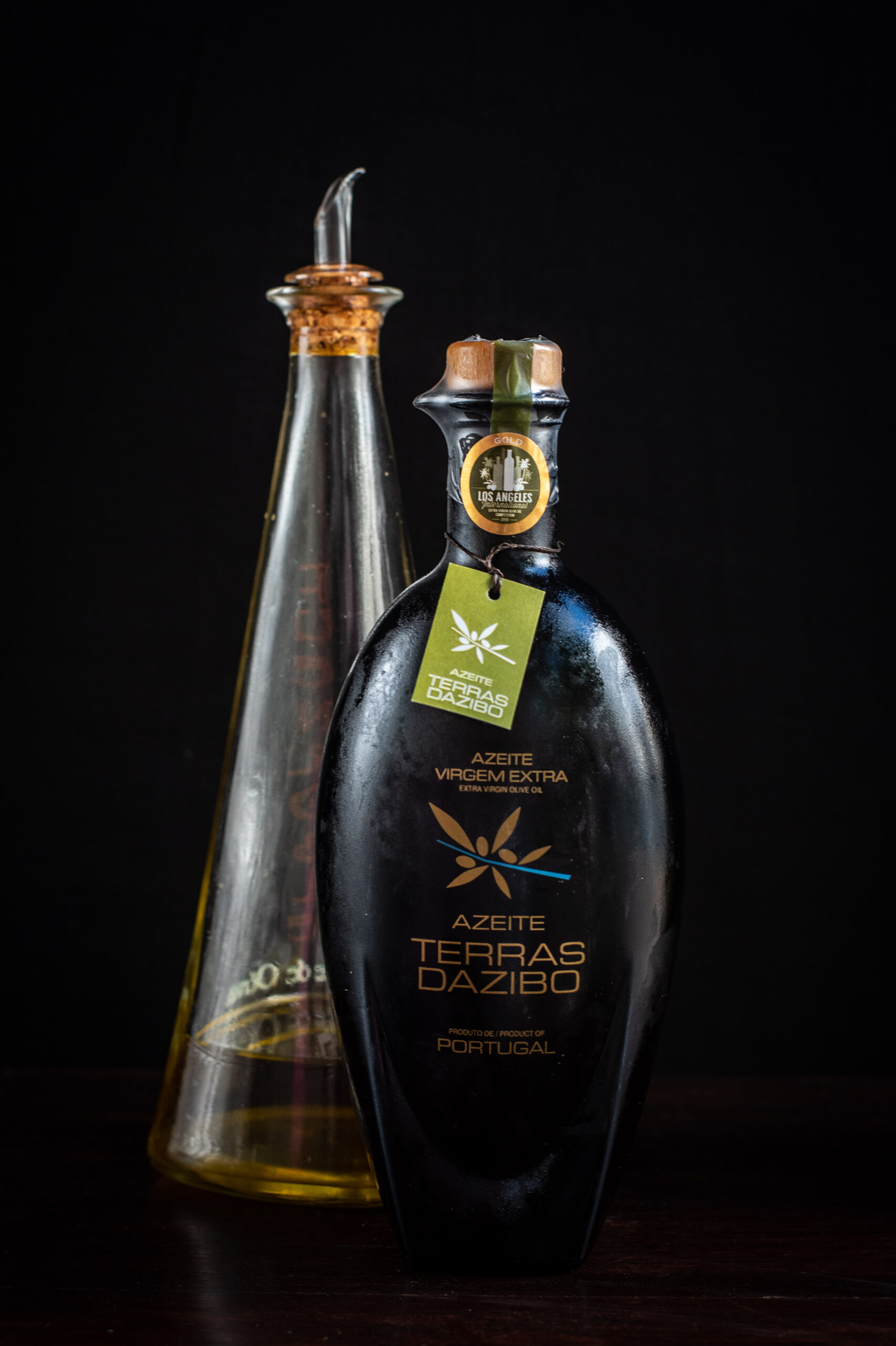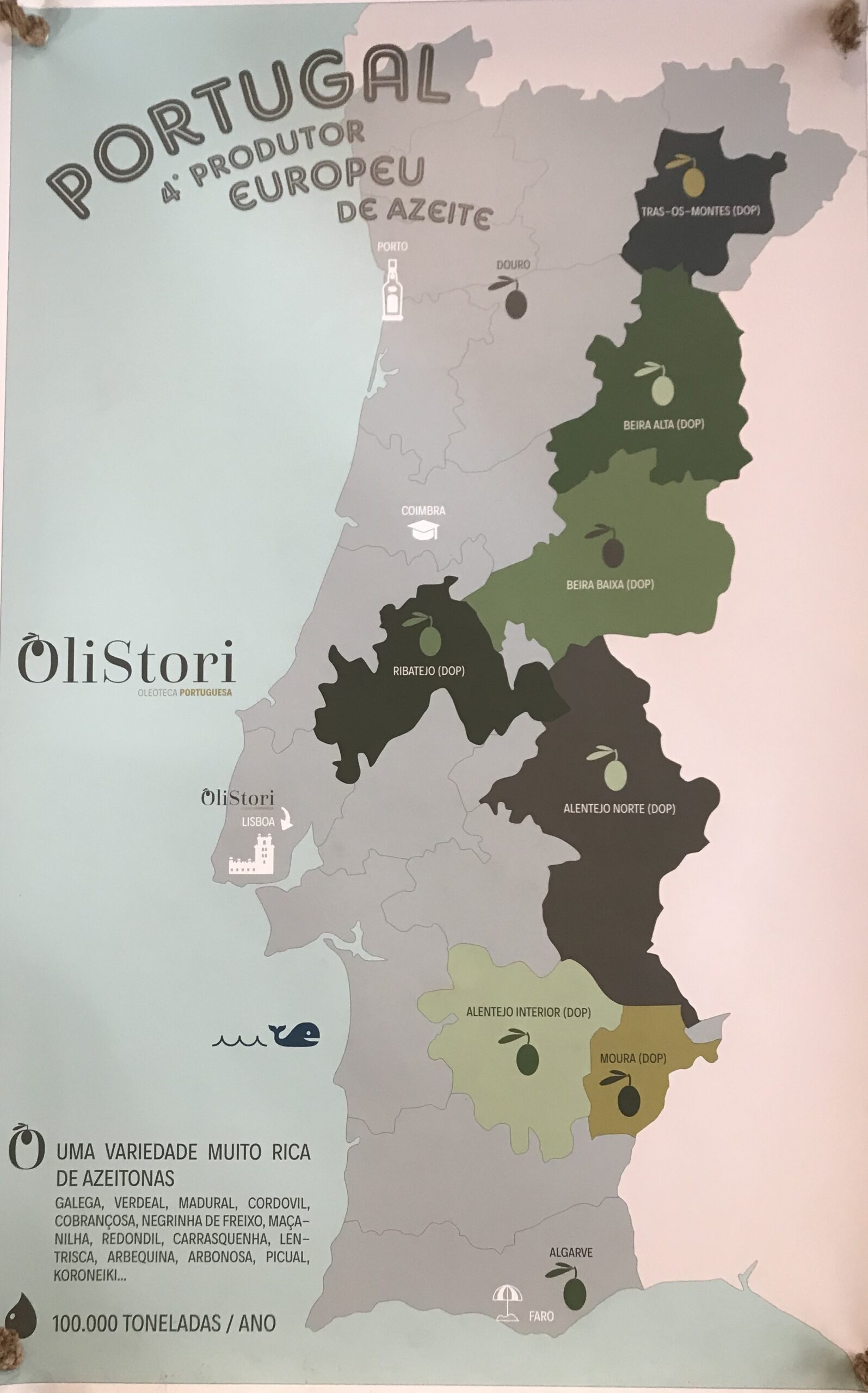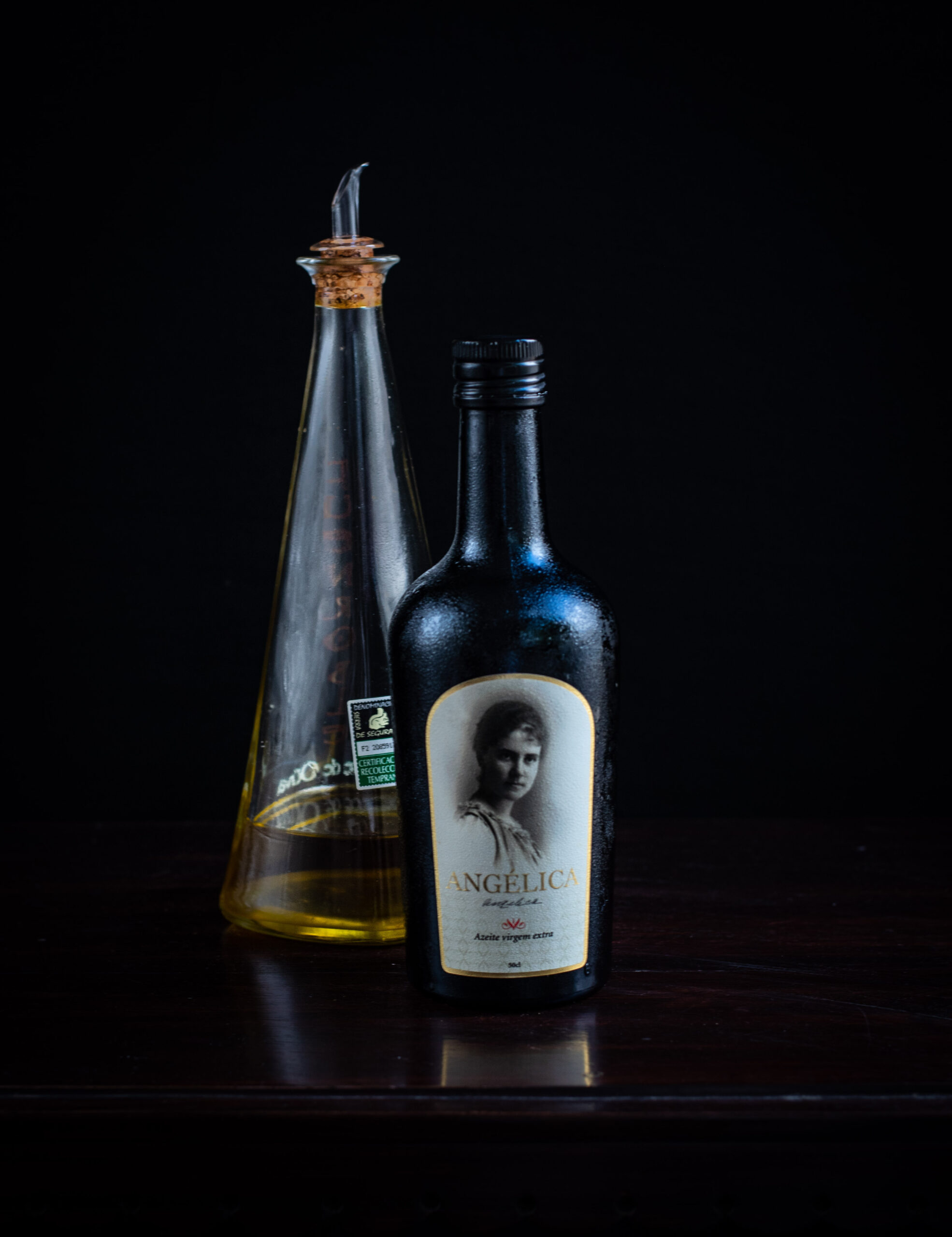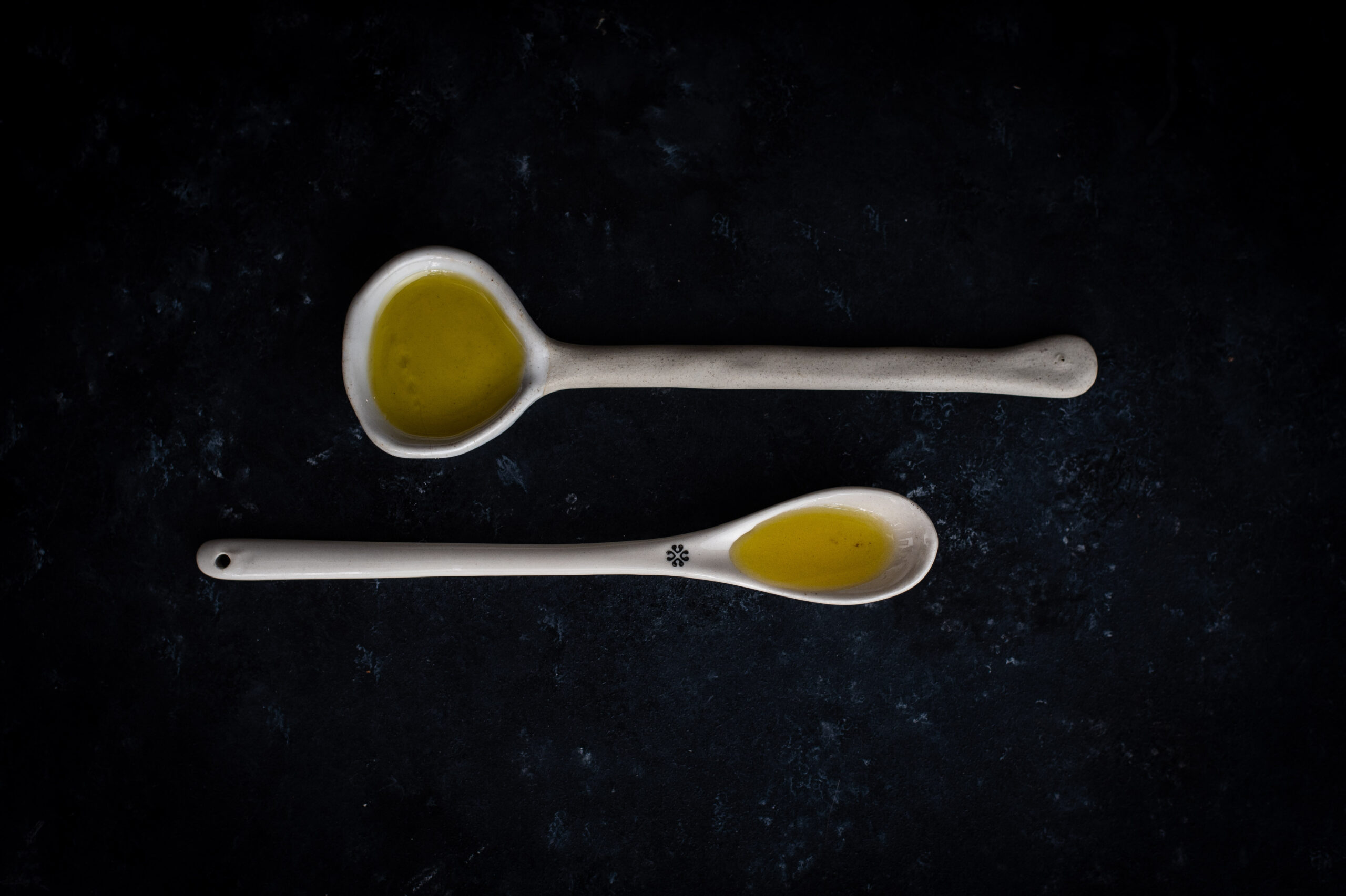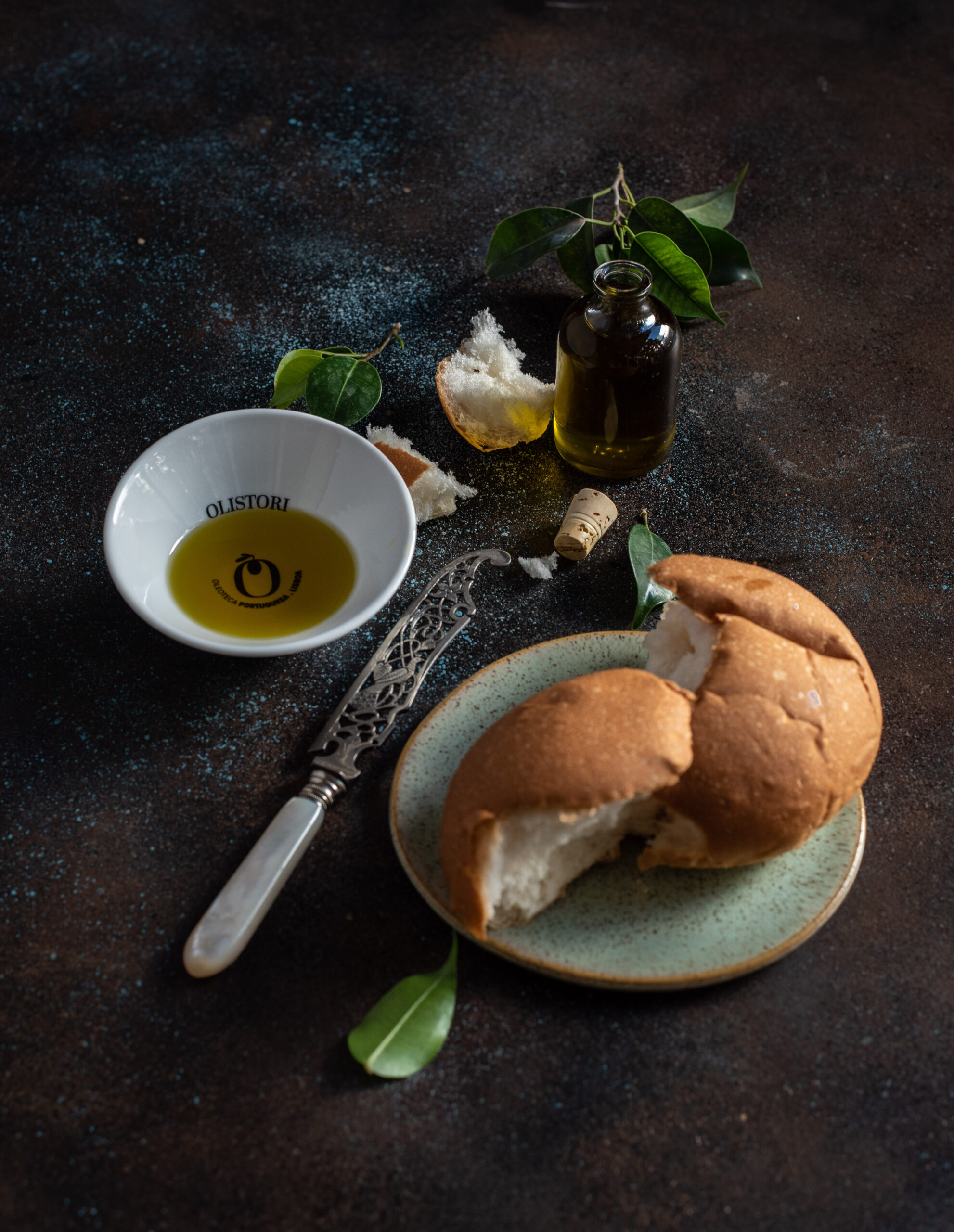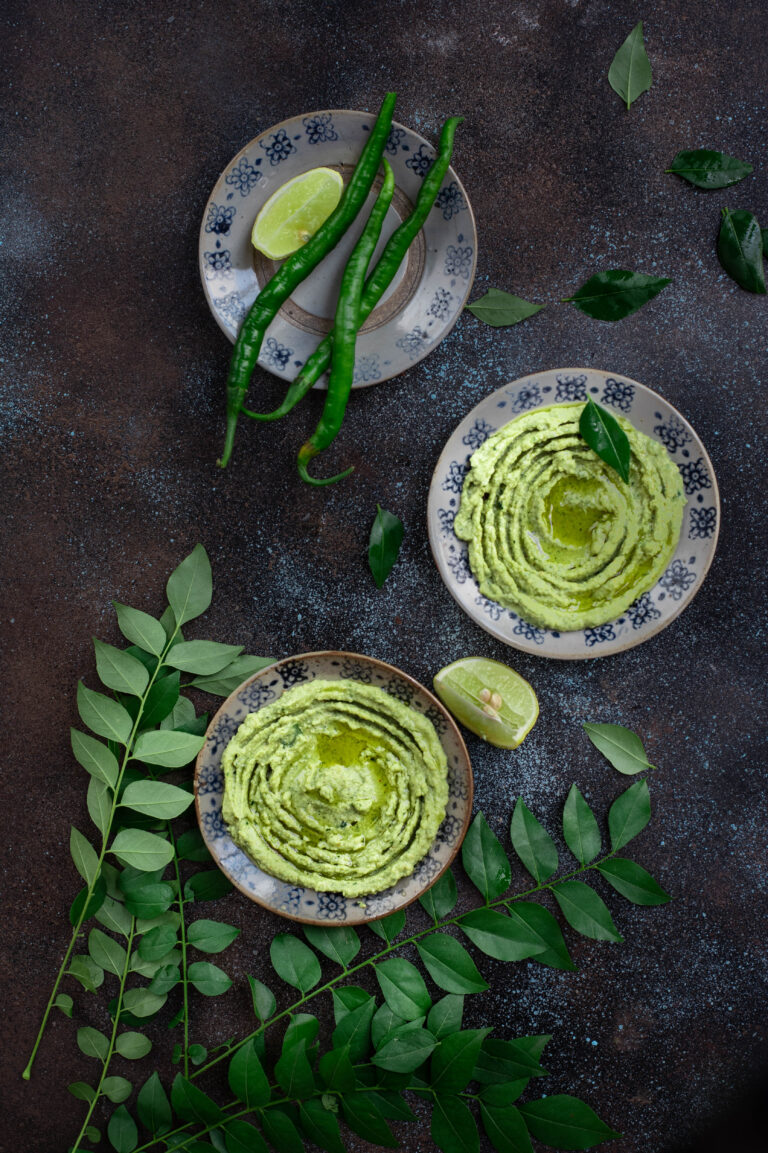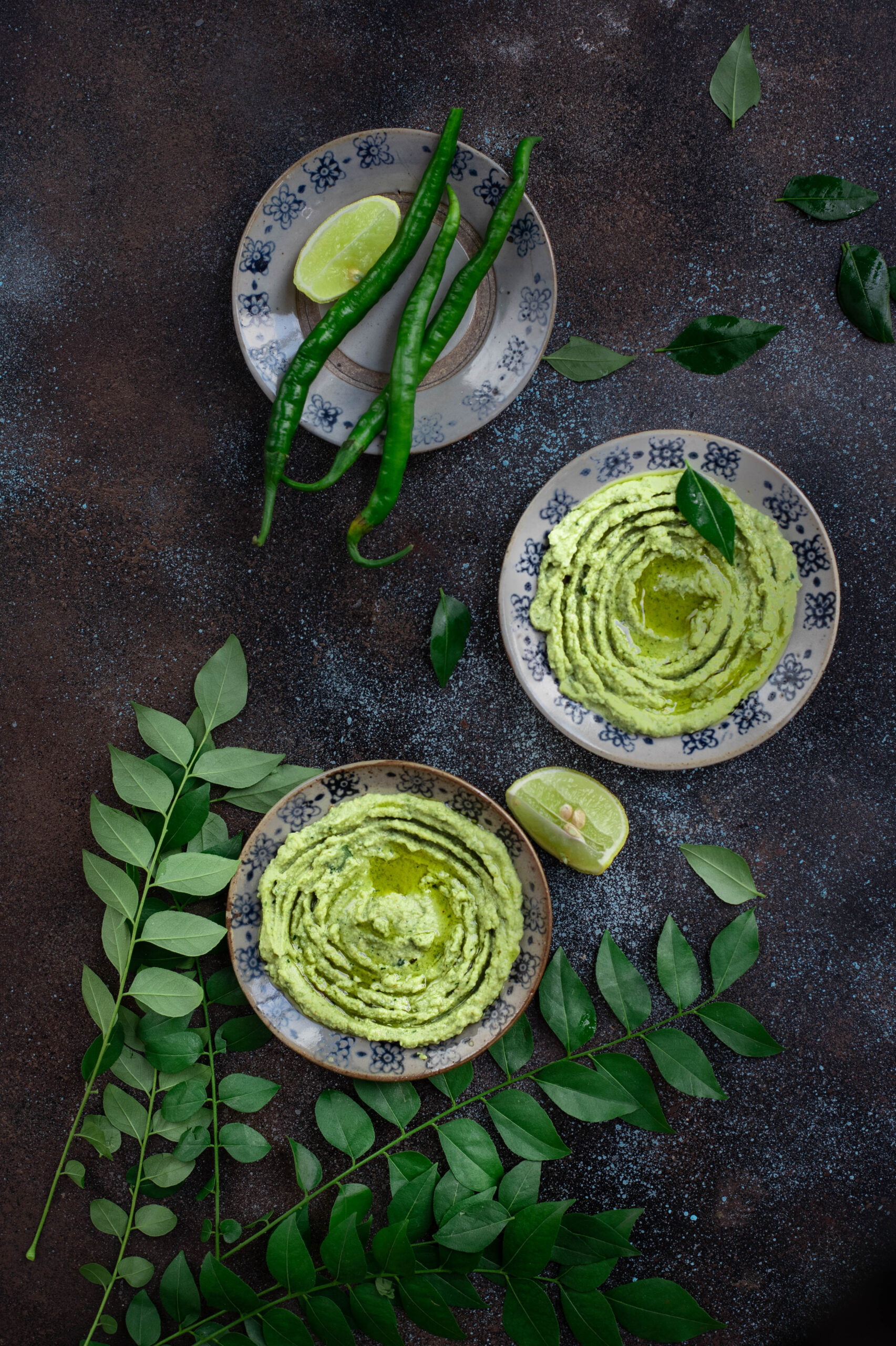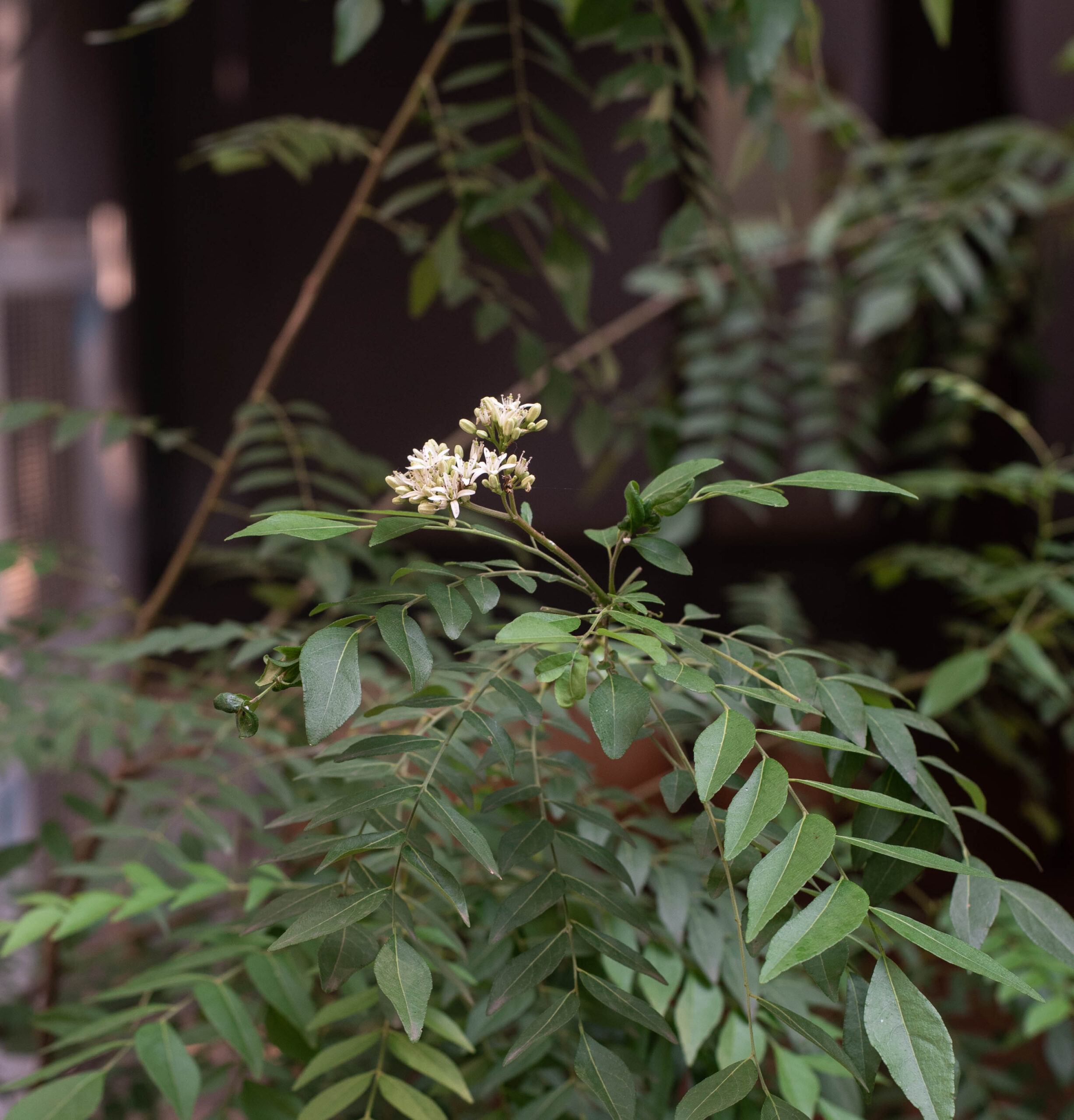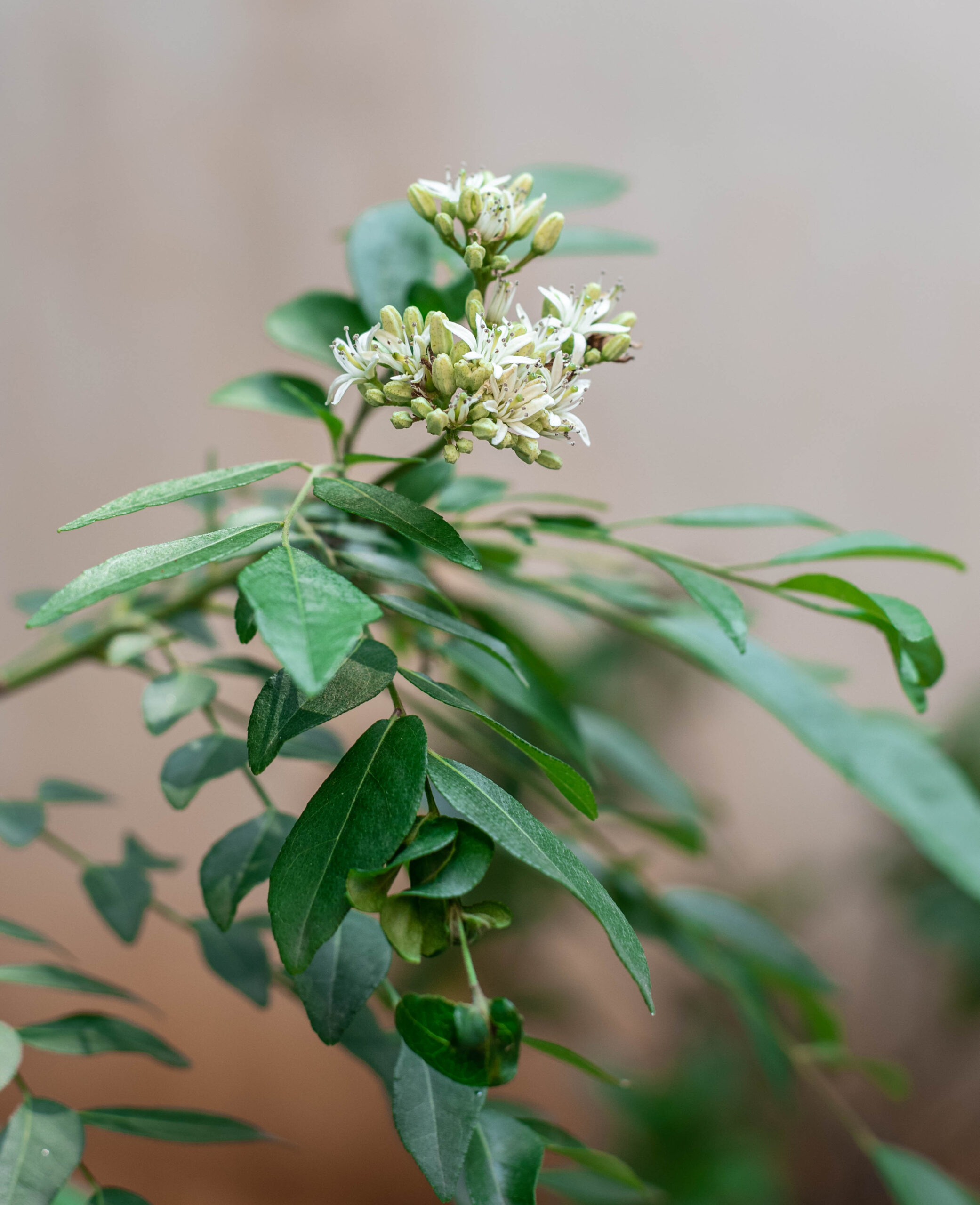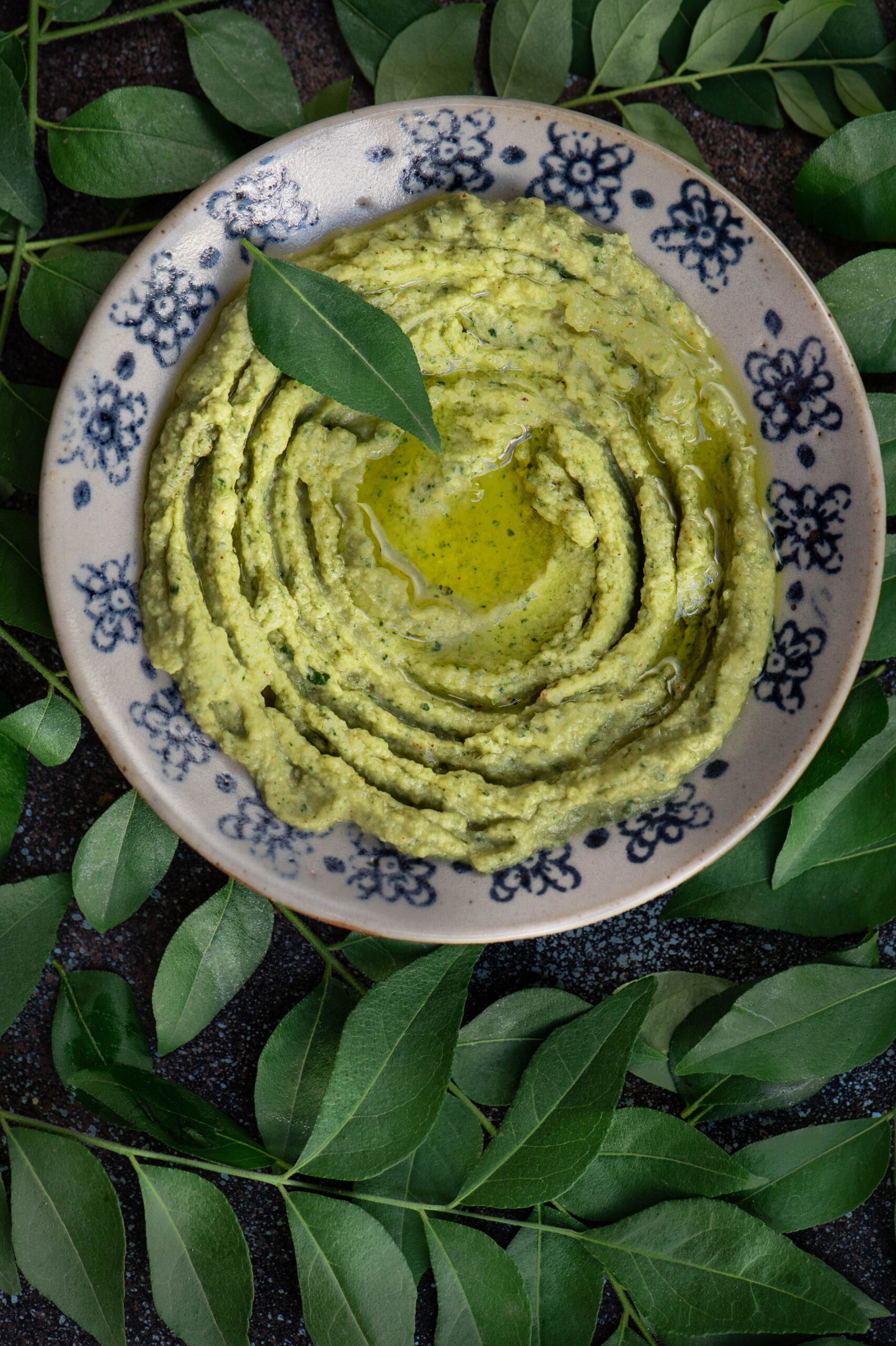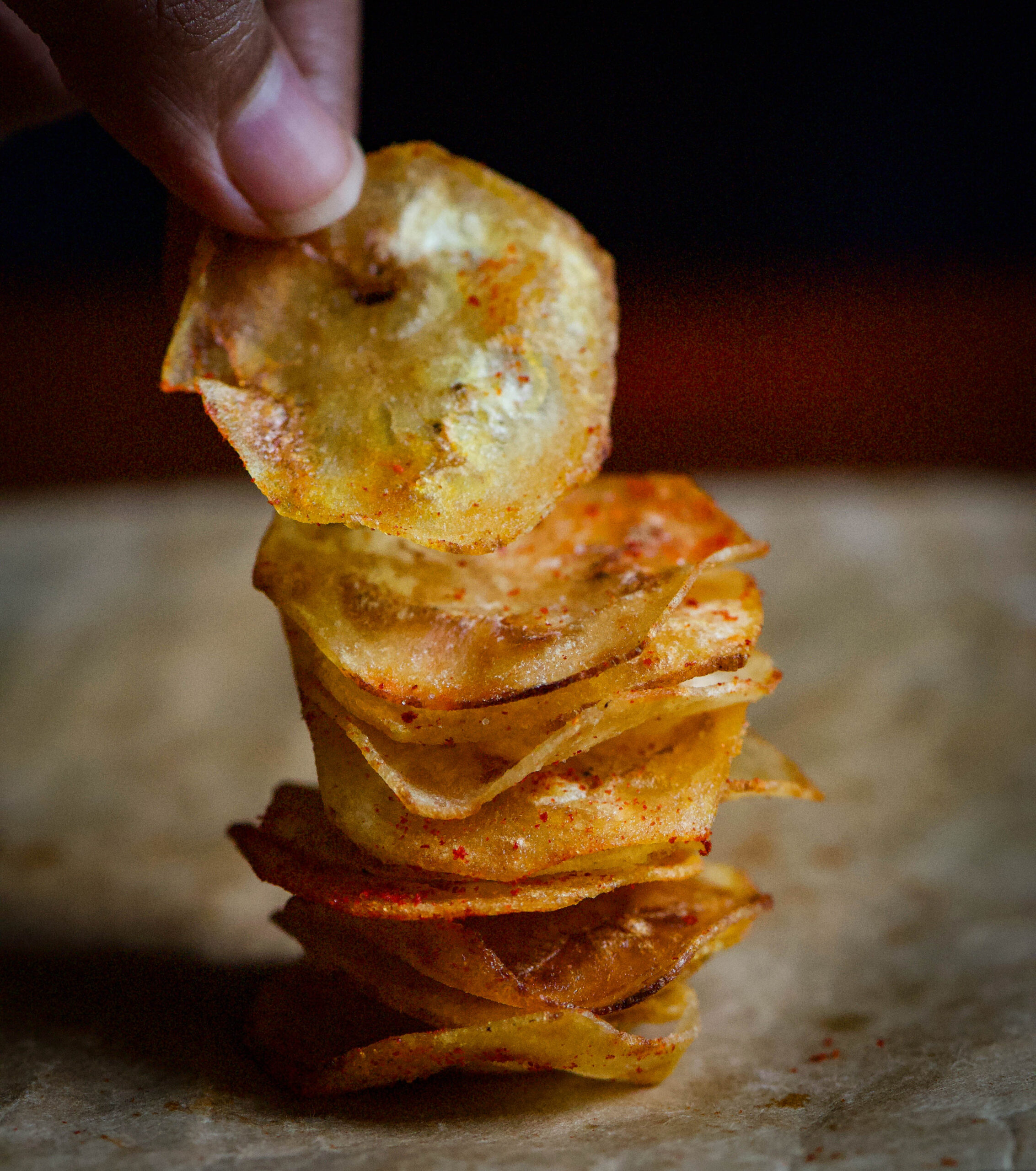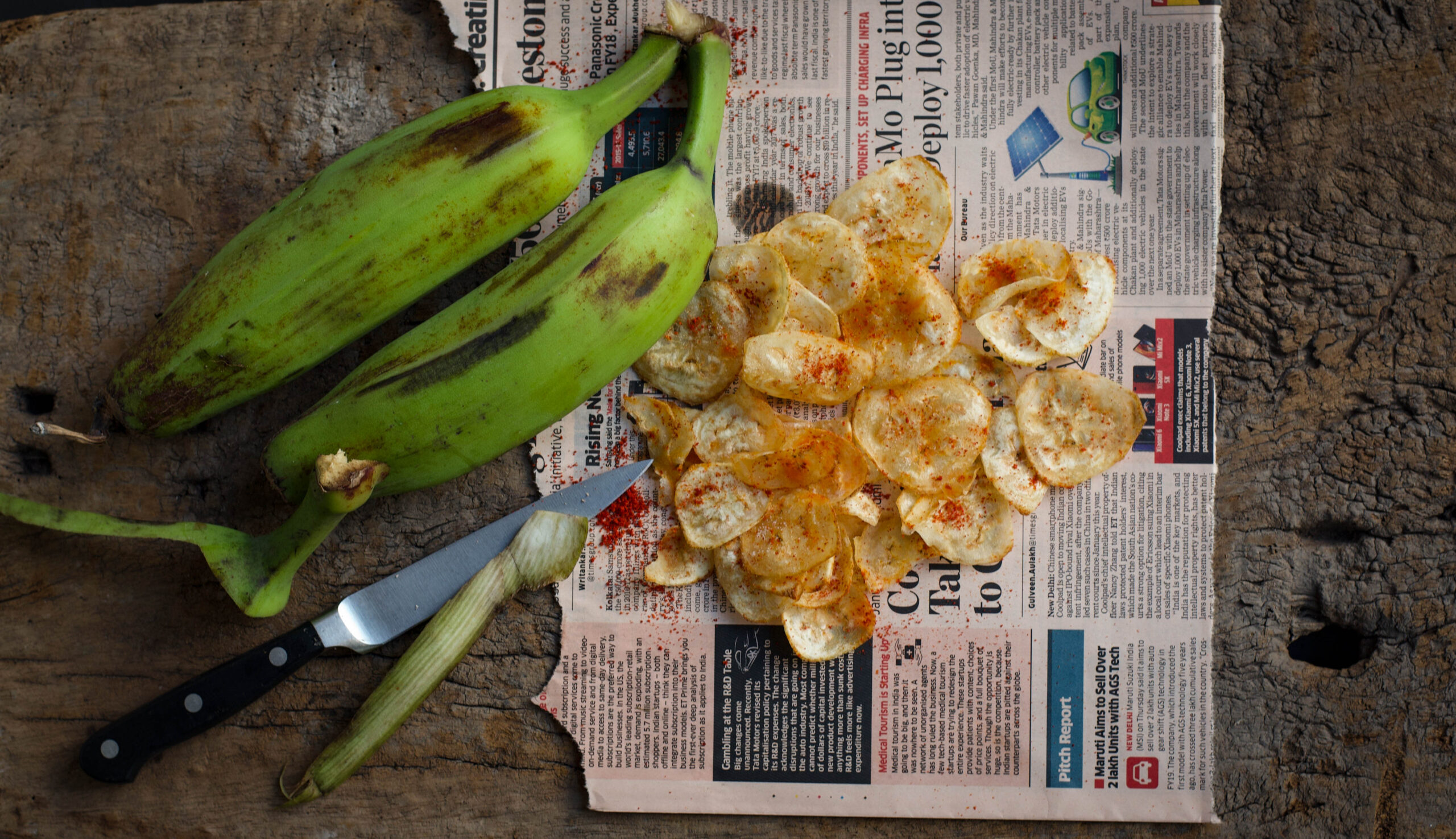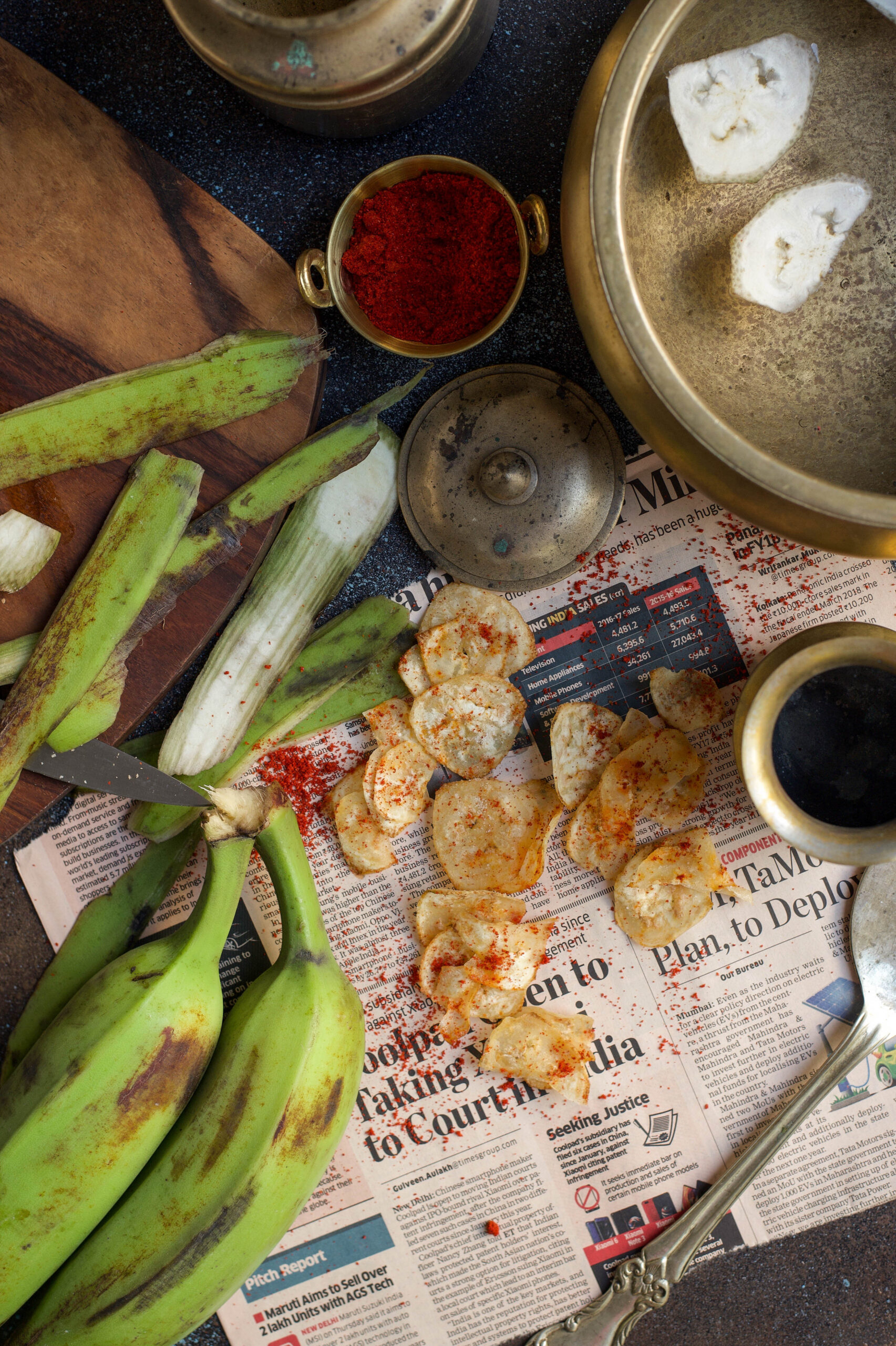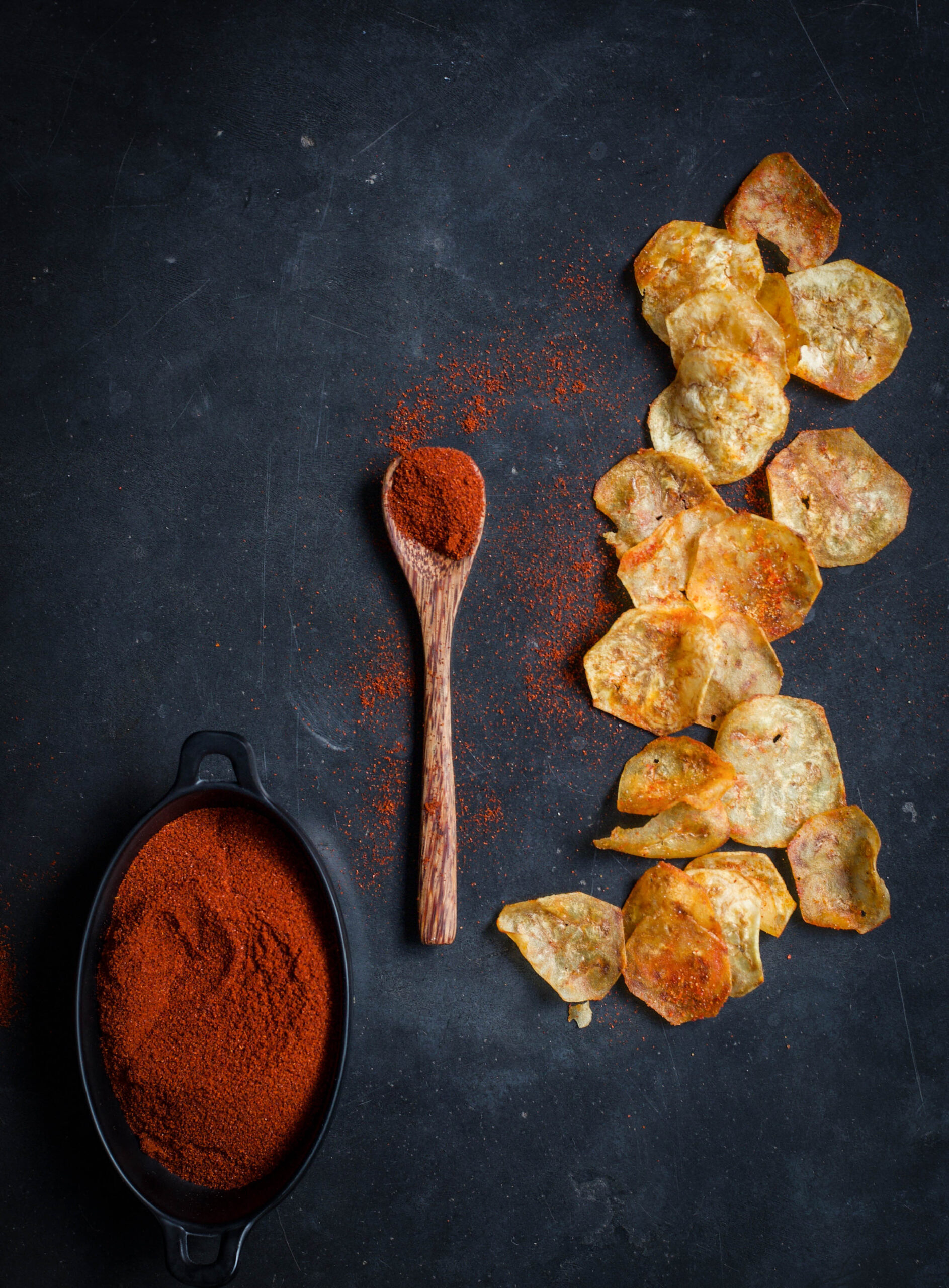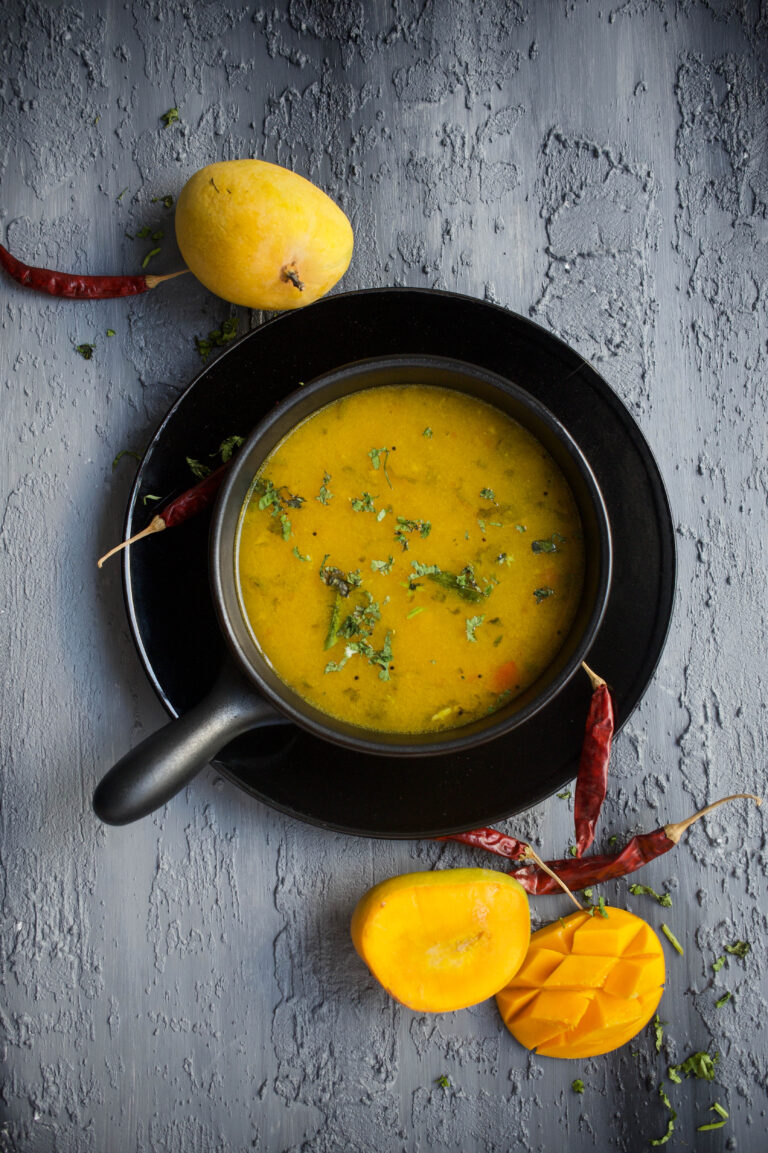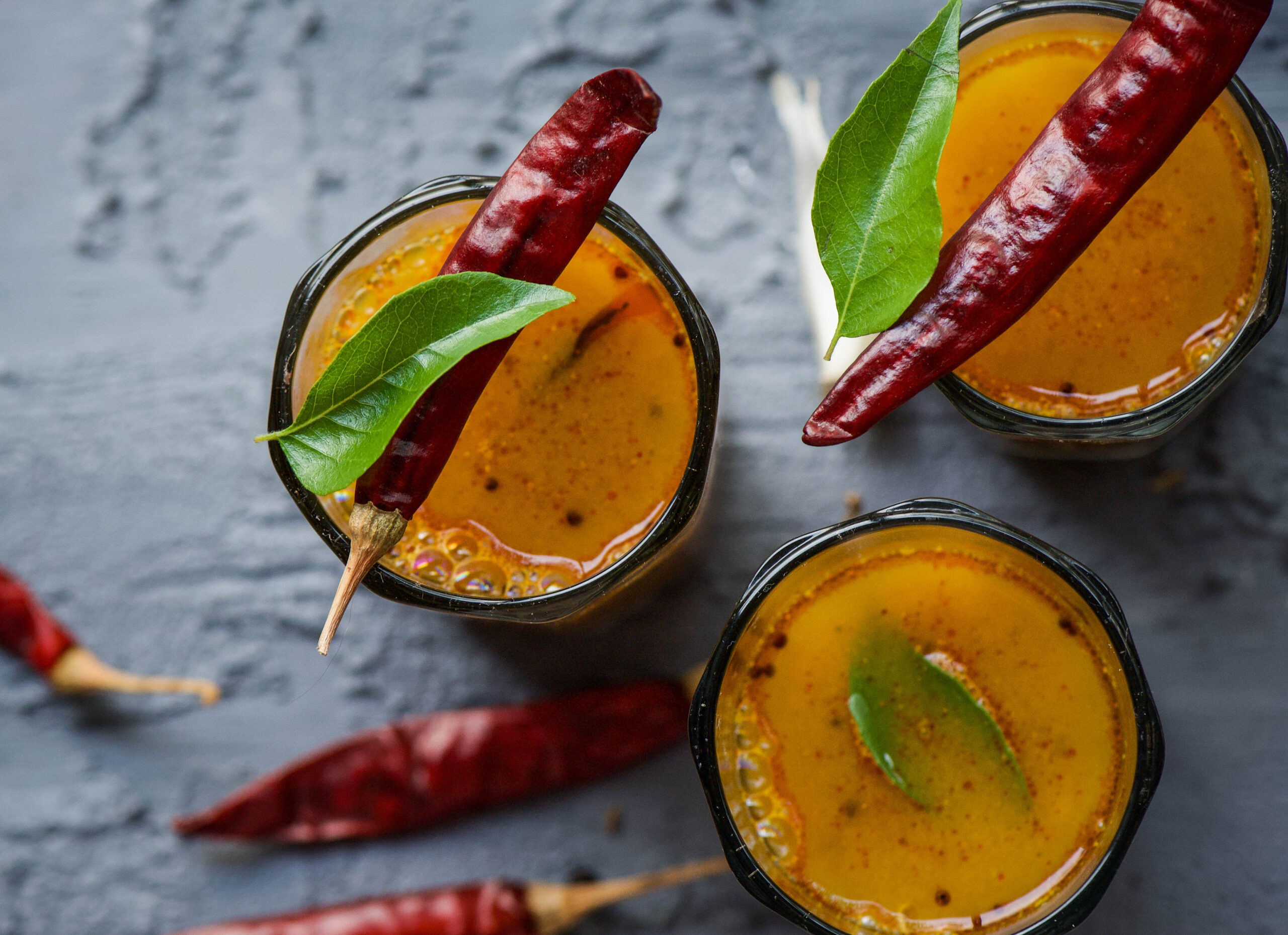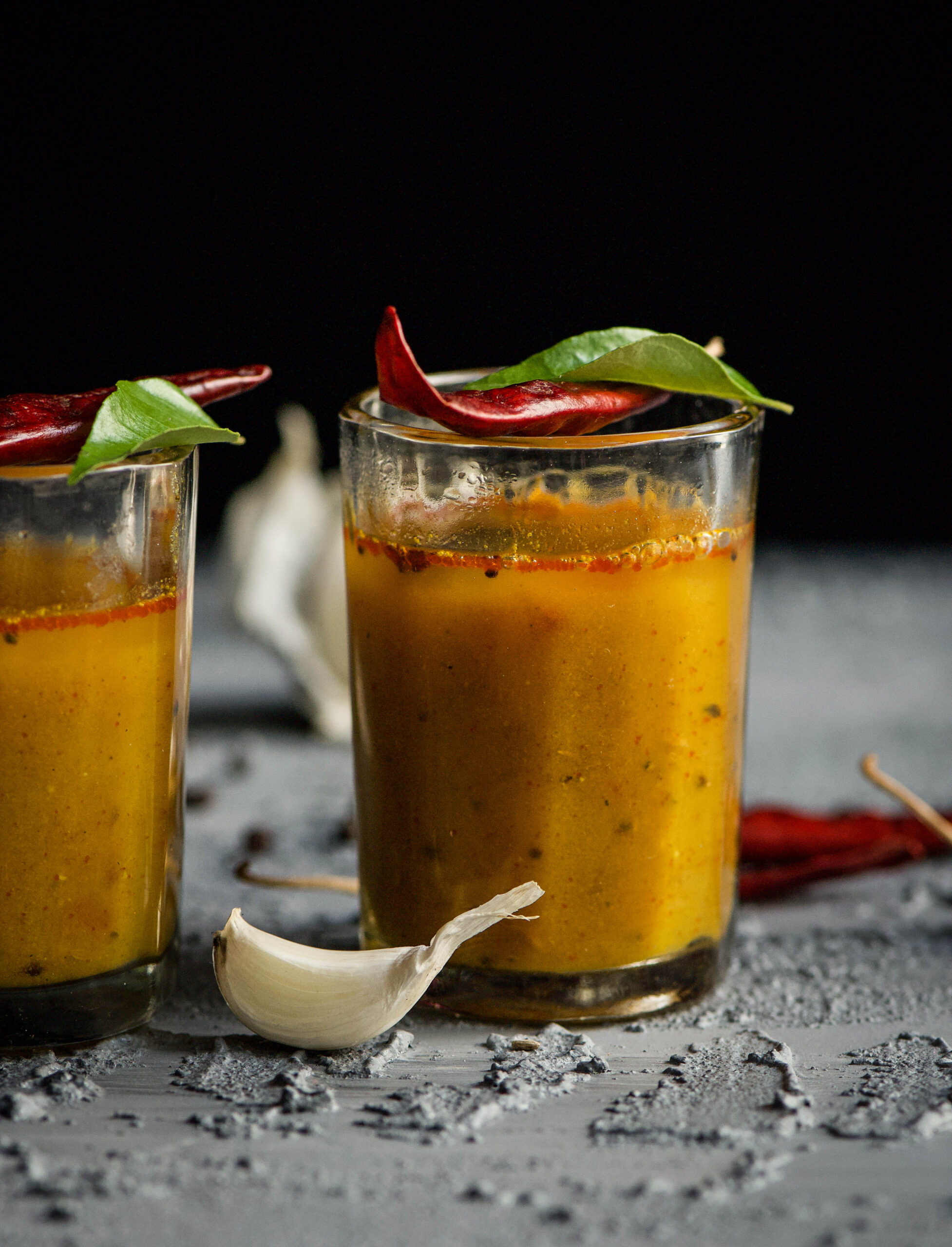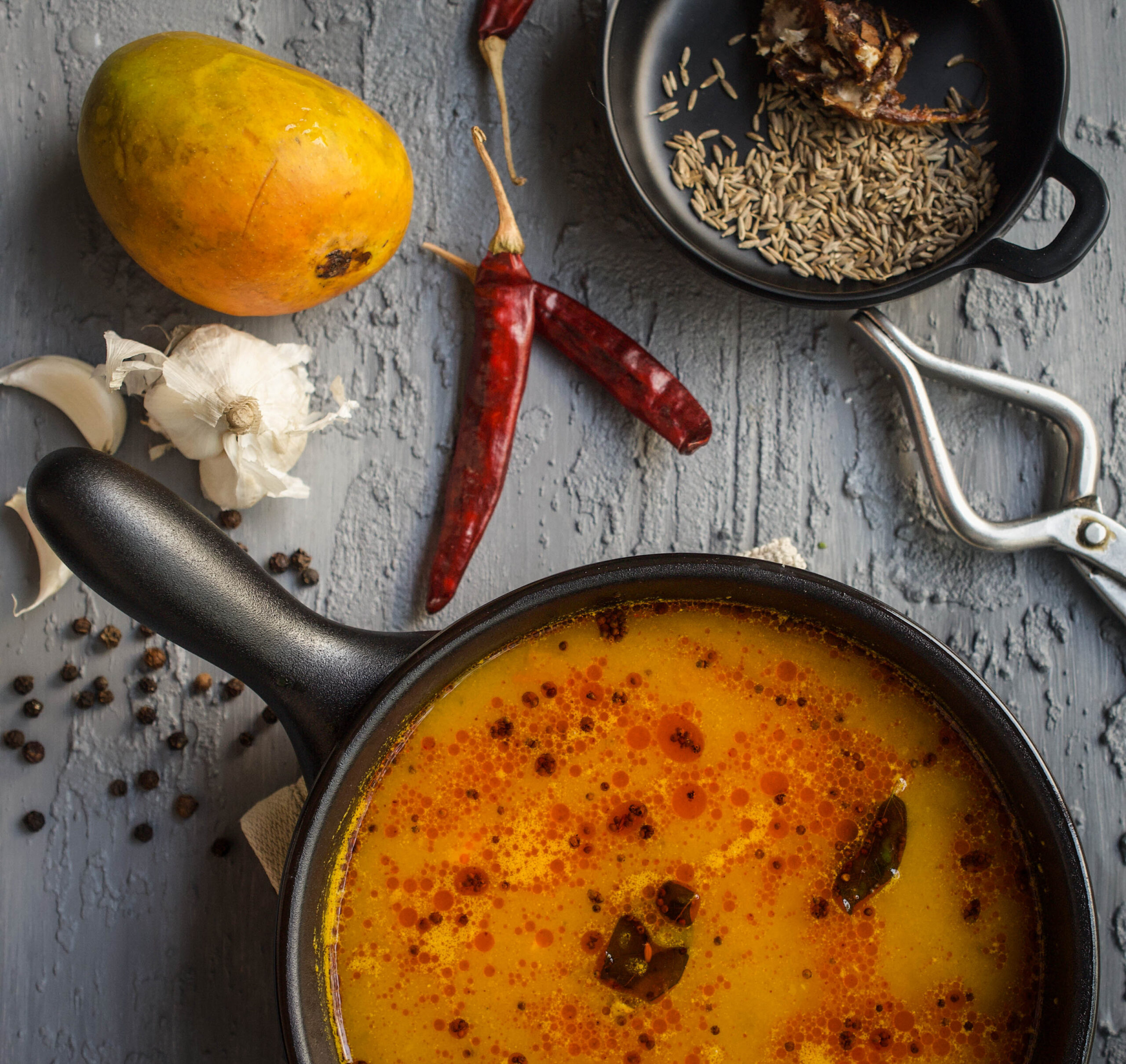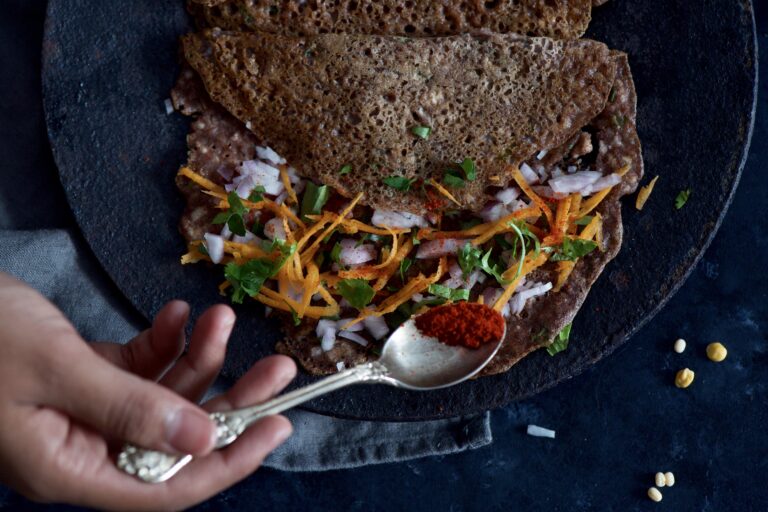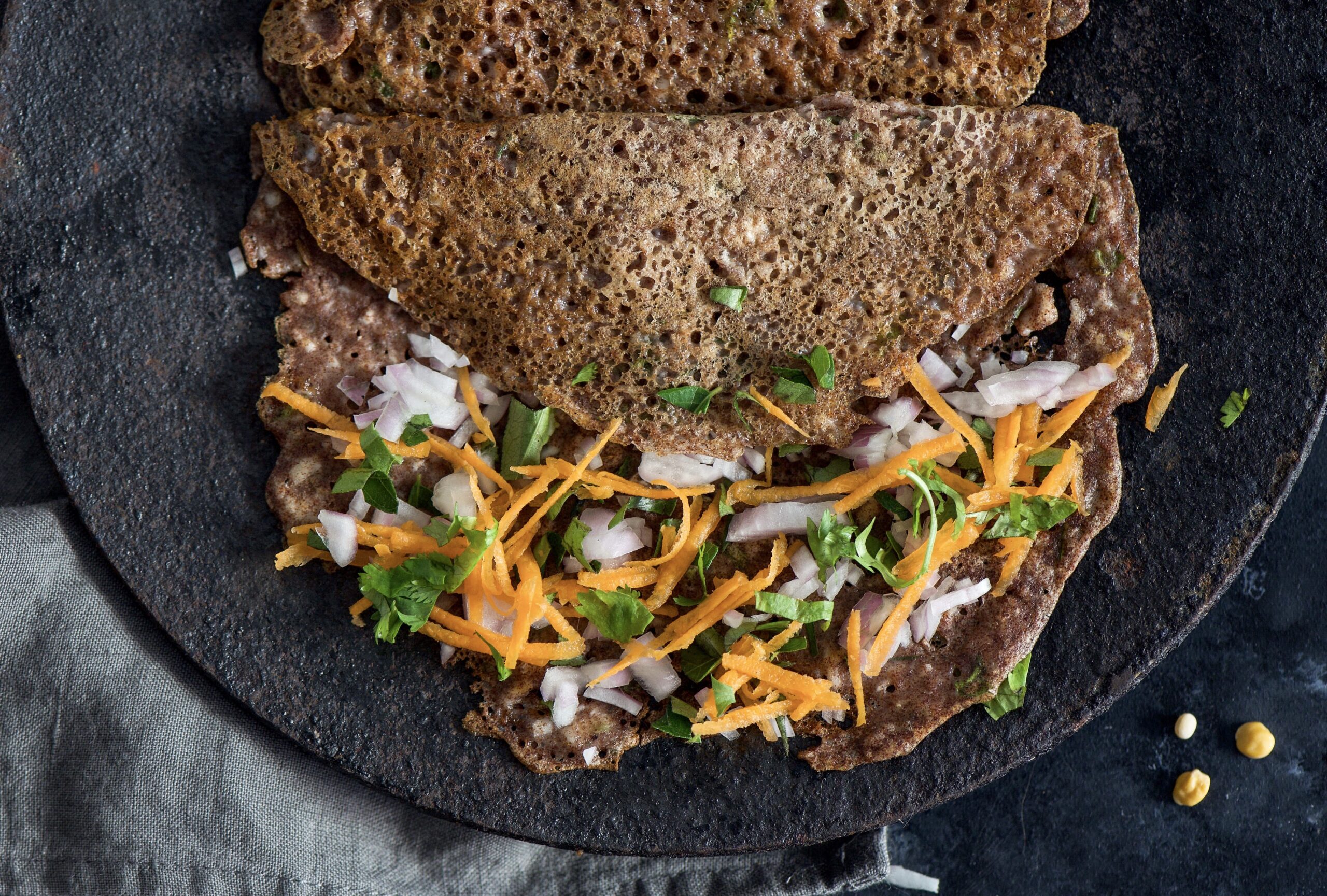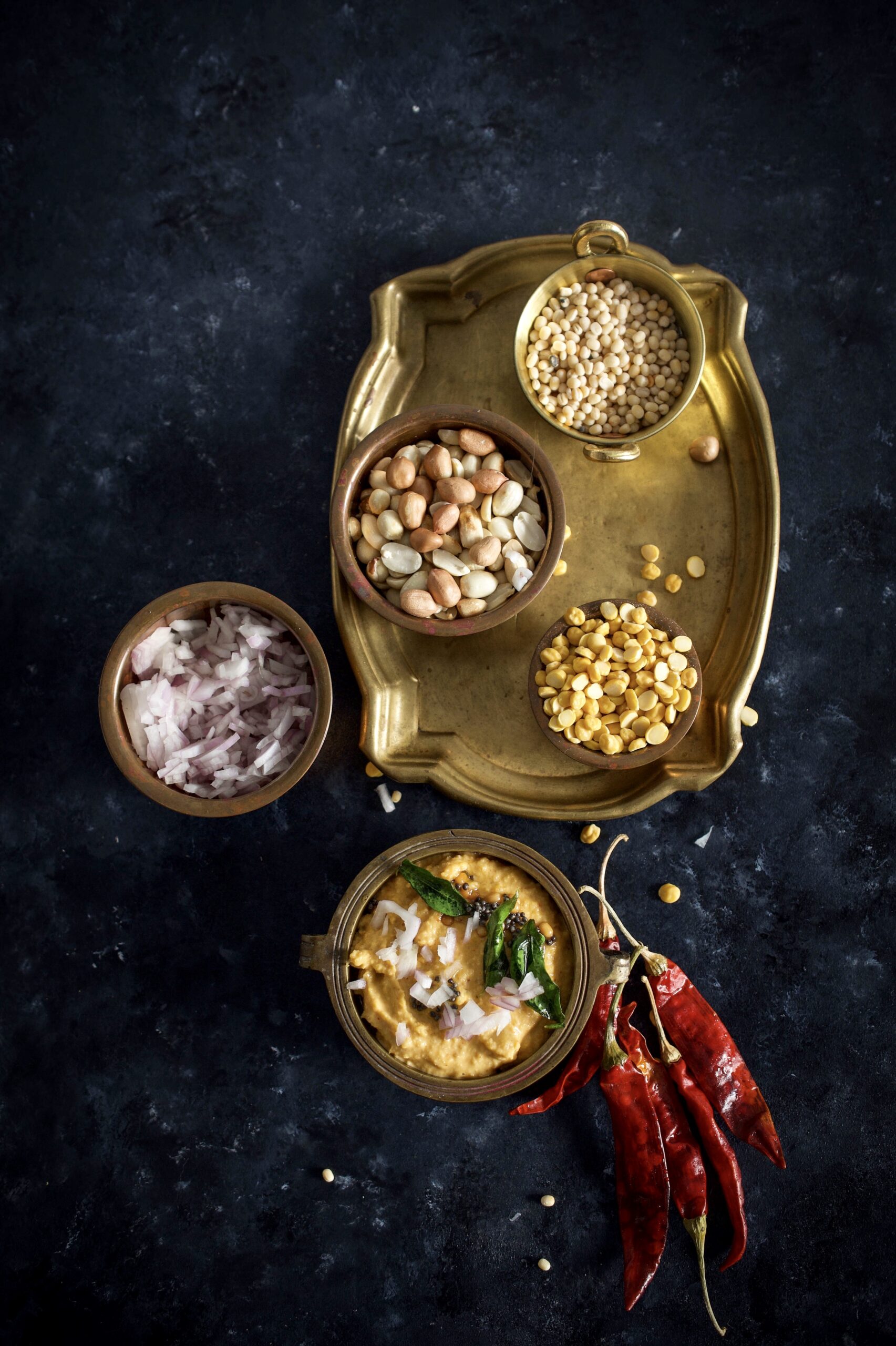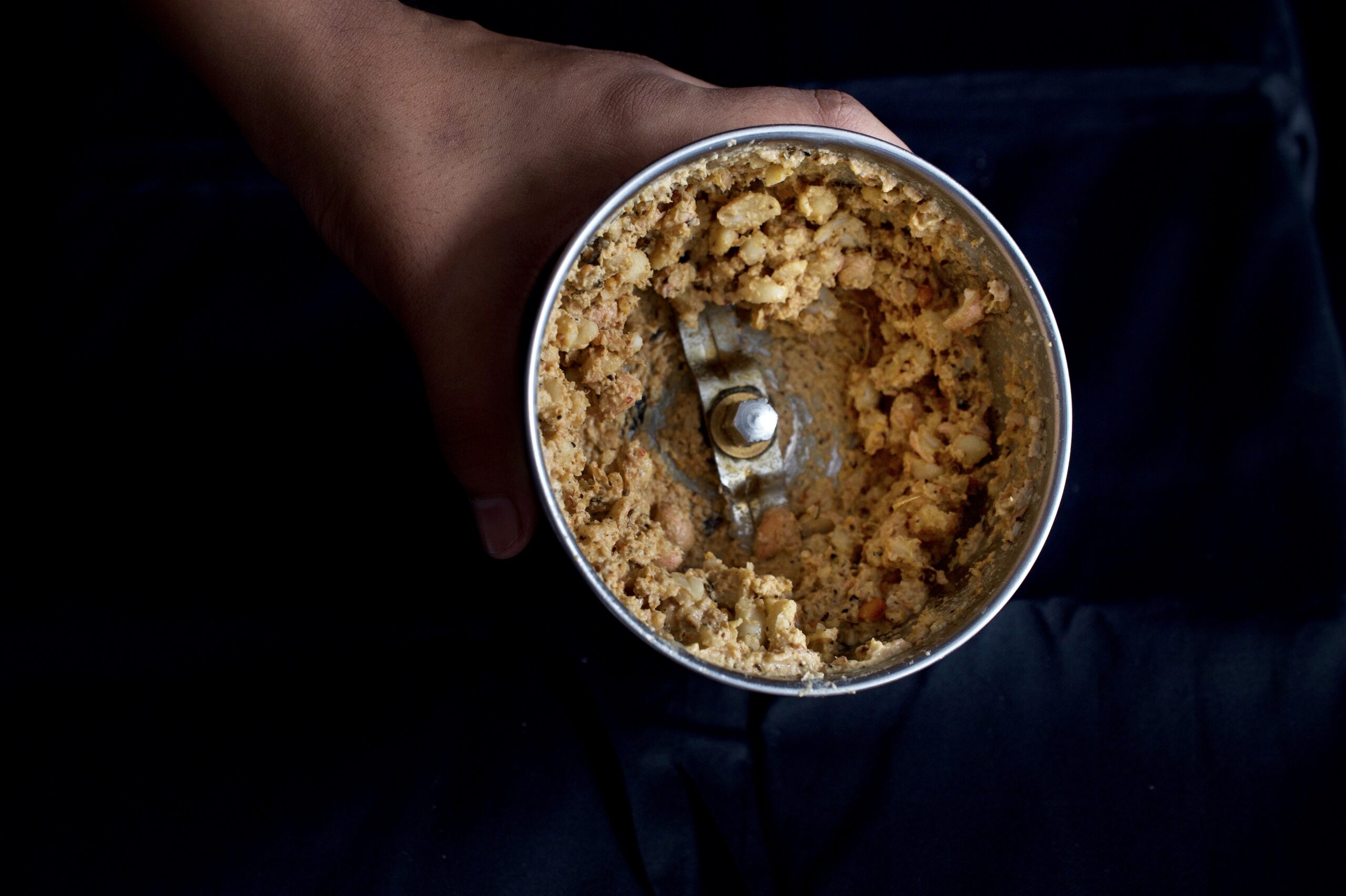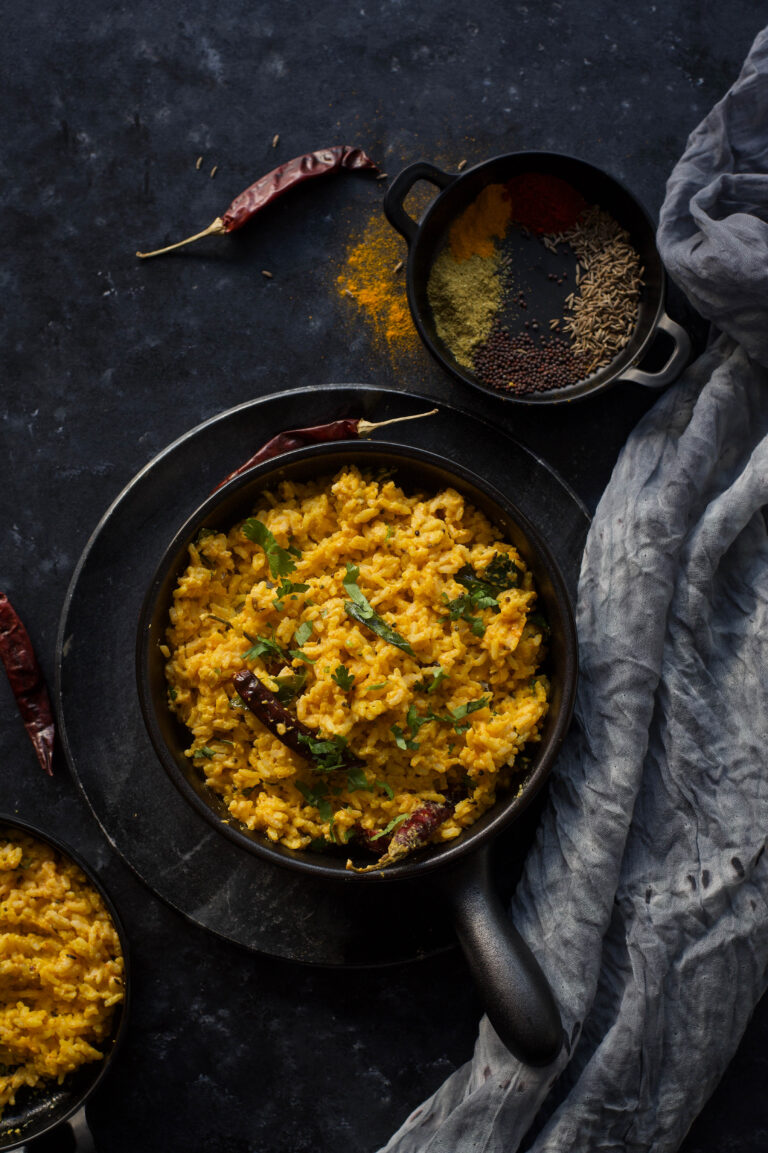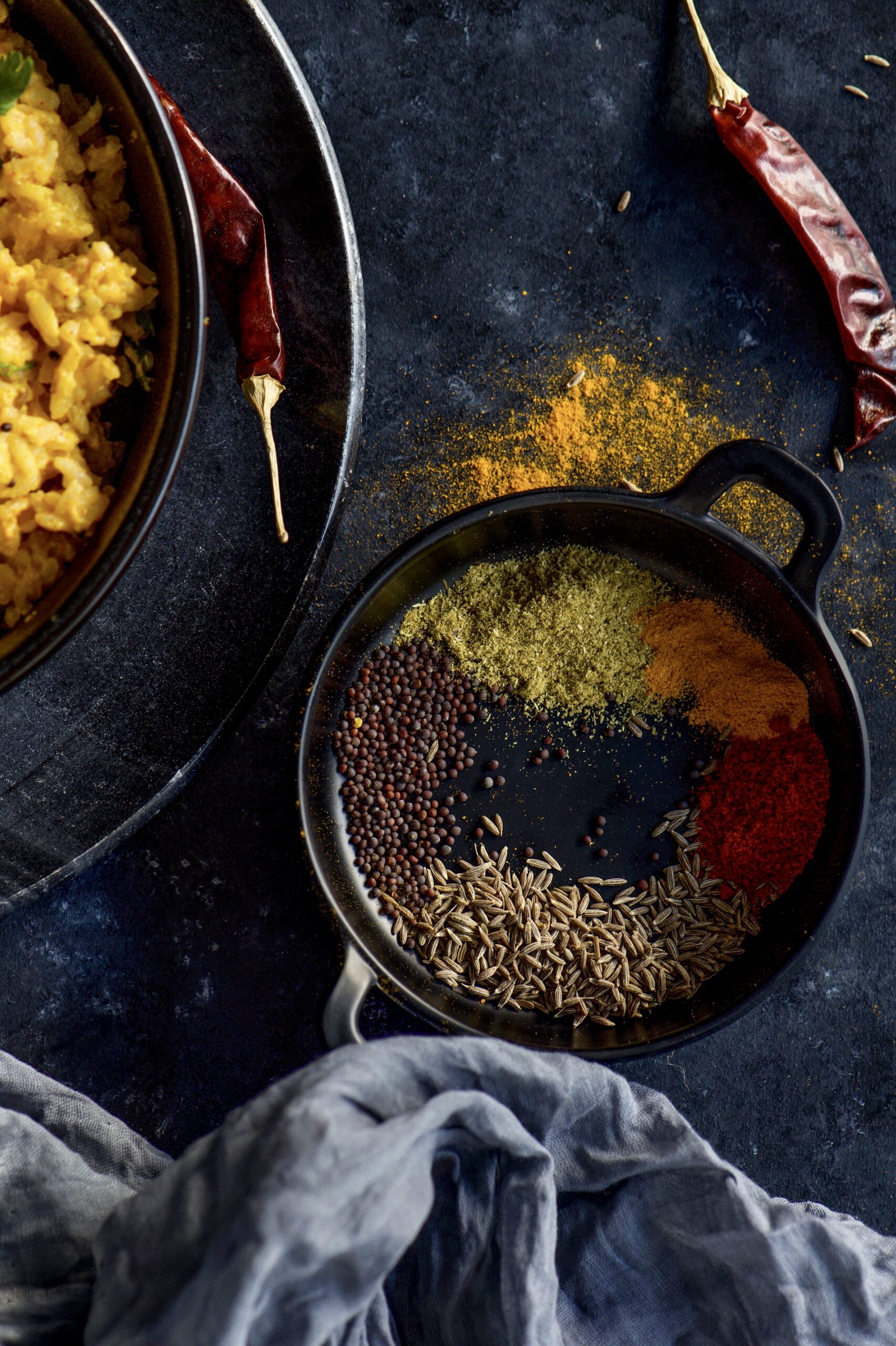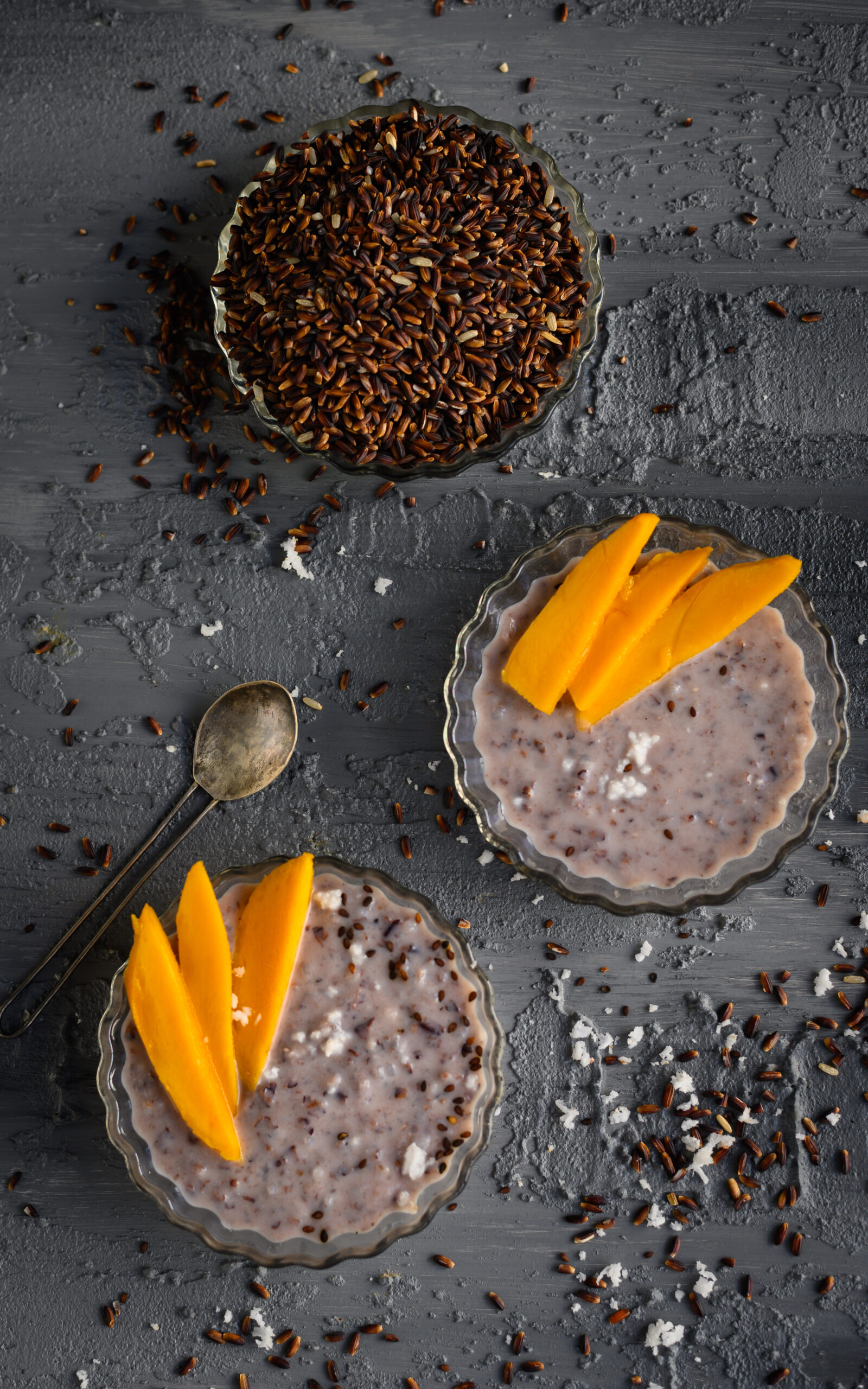
We all know that the best sticky rice comes from South East Asia, as Thai cuisine attests. No visit to Thailand is complete without my daily share of sticky rice pudding, topped with either lychees or mangoes. I love the mix of flavours – sticky, juicy, sweet. A dessert made out of main course material! So imagine my excitement when I discovered a South Indian variety of black rice, grown right here in Tamil Nadu.
Sheela Balaji’s shop Spirit of the Earth in Alwarpet, Chennai, is a gem of a find for those who want to switch to organic rice varieties from all over India. Sheela has been responsible for revitalising the cultivation of 30 indigenous rice varieties, a journey which began when she saw a farmer spraying pesticides on paddy crops. He explained to her that hybrid rice cannot grow well otherwise, and this inspired her to try to find a solution that would benefit farmers, the crop, and everyone who eats it. The answer lay in indigenous rice variants, and Spirit of the Earth works closely with farmers to bring back ancient grains.
The grains have interesting names like illupai poo champa and mapillai champa, varied nutritional values, and are all healthier than hybrid rice variants that have undergone chemical treatments and processing. Among these is the karuppu kavuni or kavuni arusi, a black sticky rice which is believed to have been grown in Tamil Nadu from the period of the Chola dynasty. Not only is it an attractive colour that will draw the eye to the dish you serve, but it’s also very healthy, with anti-inflammatory properties, antioxidants and dietary fibre. Black rice itself has many varieties, and is grown in Assam, Sri Lanka and other places as well. Its cultivation depends on the soil, and it usually has a slightly nutty taste.
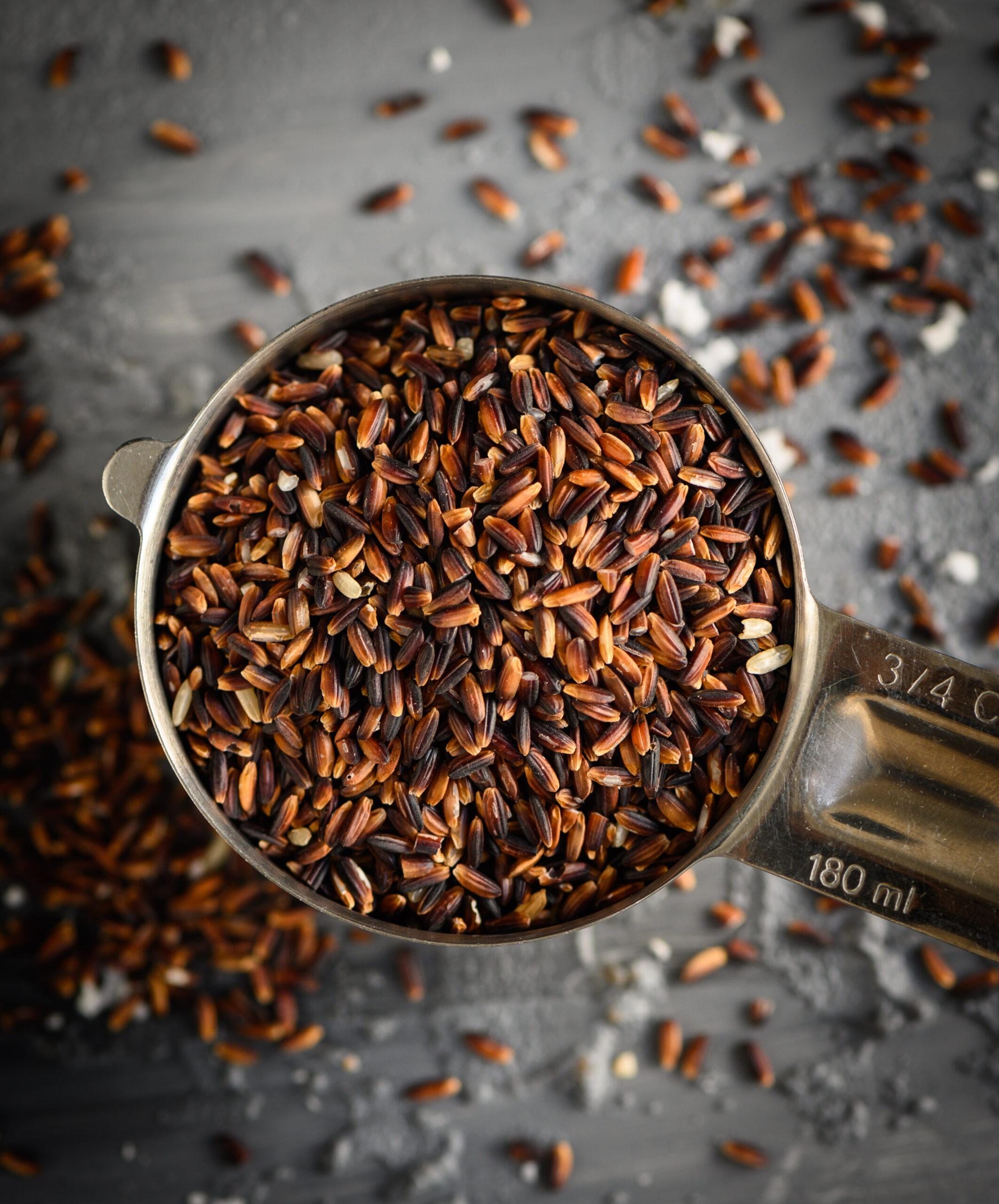
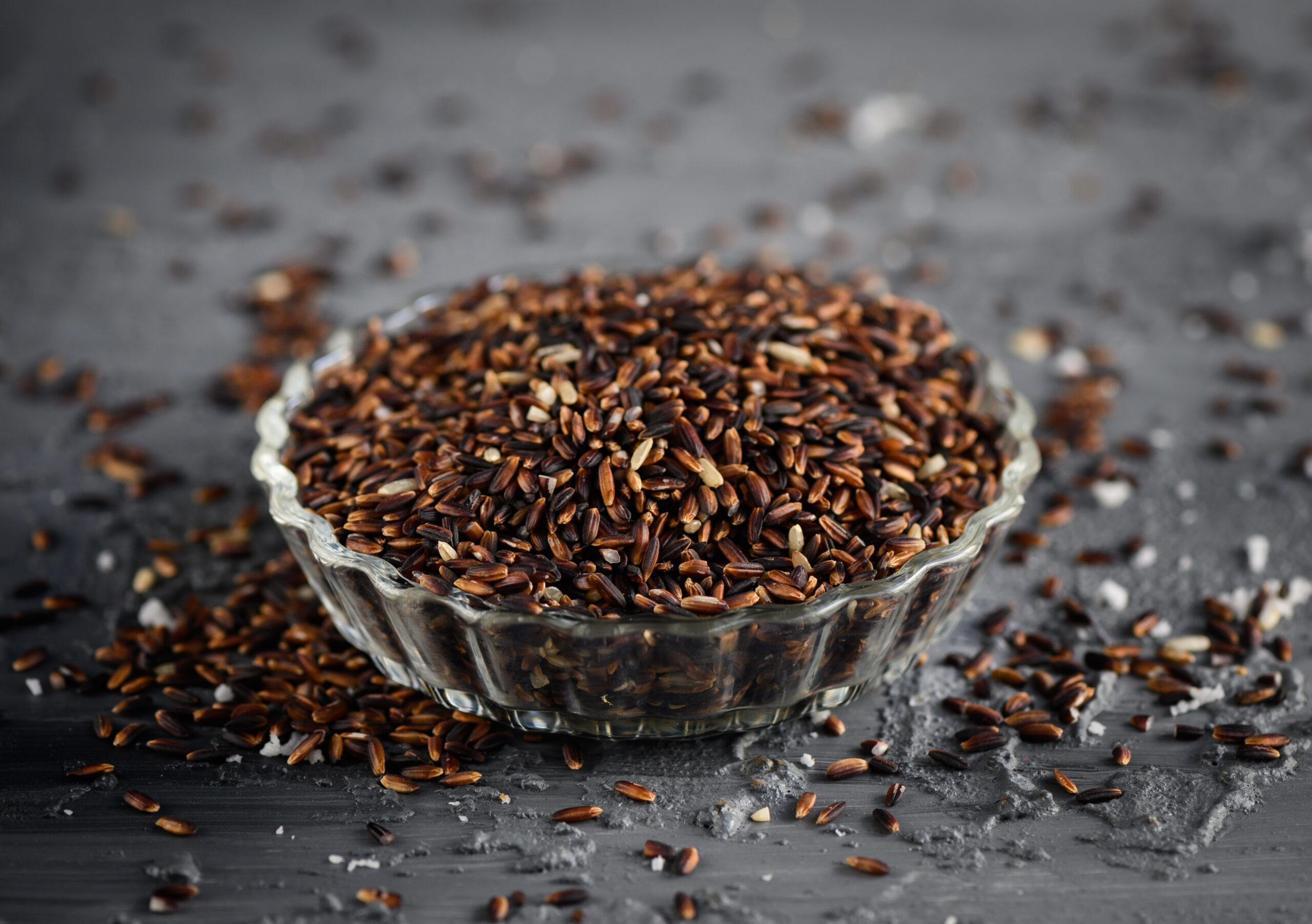
If you’re a long-term reader of my blog, you’ll know that I’ve always loved to advocate traditional varieties of food. As a Macrobiotics specialist, I am always interested in seasonal, local cooking, and everything from millets to vegetables and fruits and more which fit into this cycle. So I was very excited to learn about organic, indigenous rice which our ancestors used to eat too. For those who have just not been able to make the switch to millets, this will come as a boon. And now that I’ve discovered this kavuni arusi, and with mangoes in season, I simply had to have my favourite black sticky rice pudding.
While I’ve talked about “English” vegetables and foreign-inspired desserts often on this blog, what I’ve really been trying to achieve on this platform is diversity. We are so lucky to be able to access so many wonderful ingredients both from home and abroad. This traditional rice, kavuni arusi, is going to become one of my staples. It has to be, because I can’t get enough of black sticky rice pudding, after all!
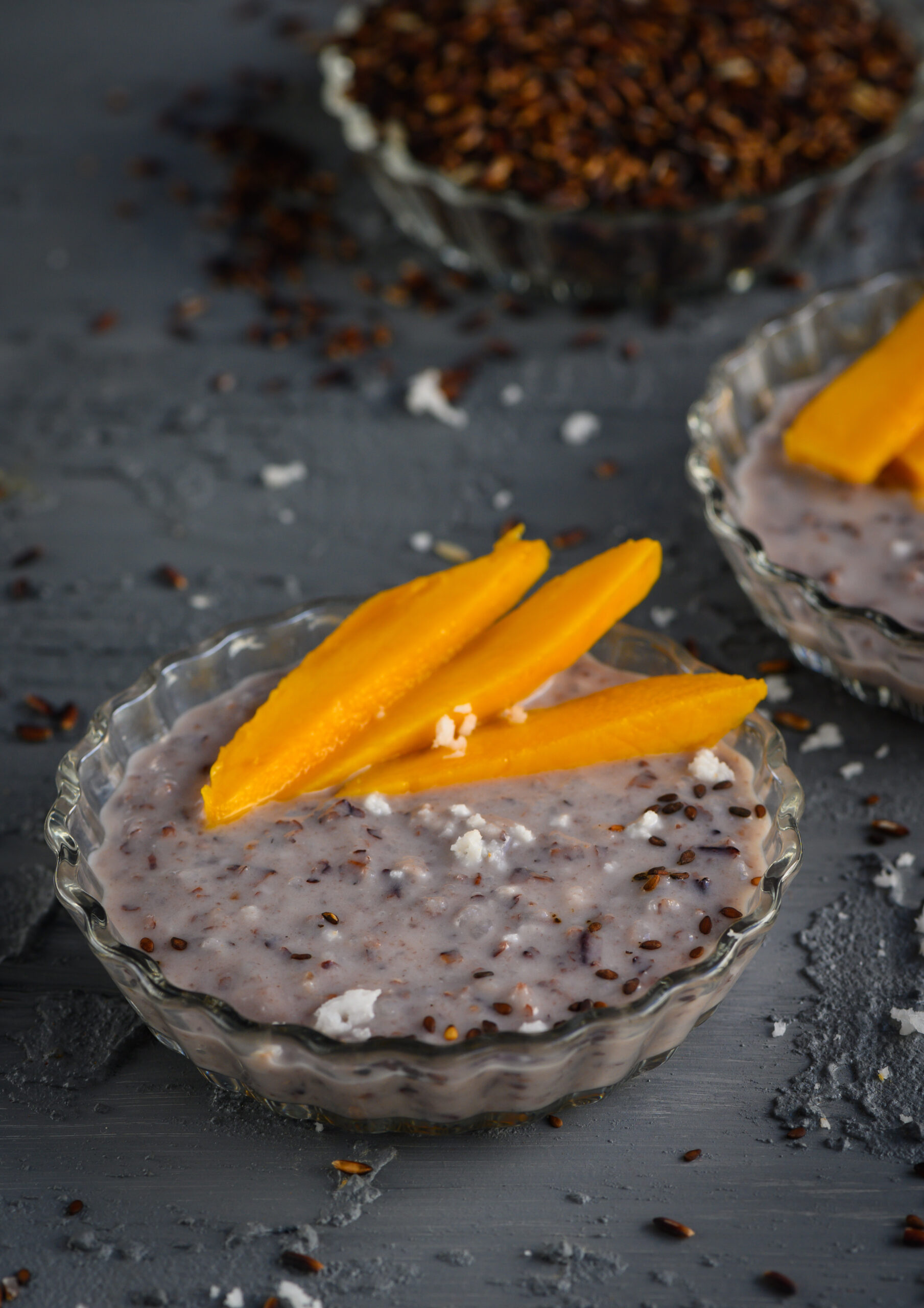
Black Sticky Rice Pudding
(Yield: 3-5 cups)
4 cups water
½ cup raw black rice
½ cup milk
½ cup coconut milk
1 cup sugar
2 tablespoons fresh shaved coconut
½ teaspoon toasted sesame seeds
Pick and rinse the rice, then soak it overnight. The rice quantity would have increased marginally due to the soaking. Now, cook the soaked rice in 4 cups of water. While I used kavuni arusi grown in Tamil Nadu, you’ll be using the black rice that is most easily available to you, so keep in mind that the water quantity may vary. Adjust accordingly. The idea is to make sure the rice is soft to the touch and tender. I also lightly blended the rice with a hand blender so the grains became smaller.
Place the rice pot on a medium flame and add the milk and sugar. If you prefer not to use sugar, replace it with maple syrup, honey or any sweetener. I often substitute sugar with brown rice syrup myself. For vegans, coconut milk tastes superb in this dish as a dairy replacement.
This time, I debated but decided to not add the twist of rose that is so often the re:store signature, wanting to achieve something as close to the Thai dish as possible, but I might do so when I next make this pudding. If you want that floral aroma, just include a little rose essence or rosewater.
Stir constantly, making sure the mixture does not stick to the bottom. The mixture will remain thick.
Next, lower the flame and add the coconut milk. Stir. Just before the mixture begins to bubble, turn off the flame. Add the coconut shavings and blend well, then allow to cool. Once cooled, scoop into small serving bowls.
I was so excited to discover this black rice grown in Tamil Nadu, and wanted to complement it with other flavours native to my state, like coconut and mango. Sticky rice as a dessert is traditionally served with fruit, and my fruit of choice was mangoes, because the season has just begun here in India. But lychees work equally well, as will many other fruits of your own choice. Together, the mix of sweetness and stickiness is just sublime. I hope you’ll enjoy this wonderful sweet treat which shows you just how versatile rice can be!
